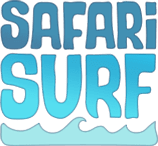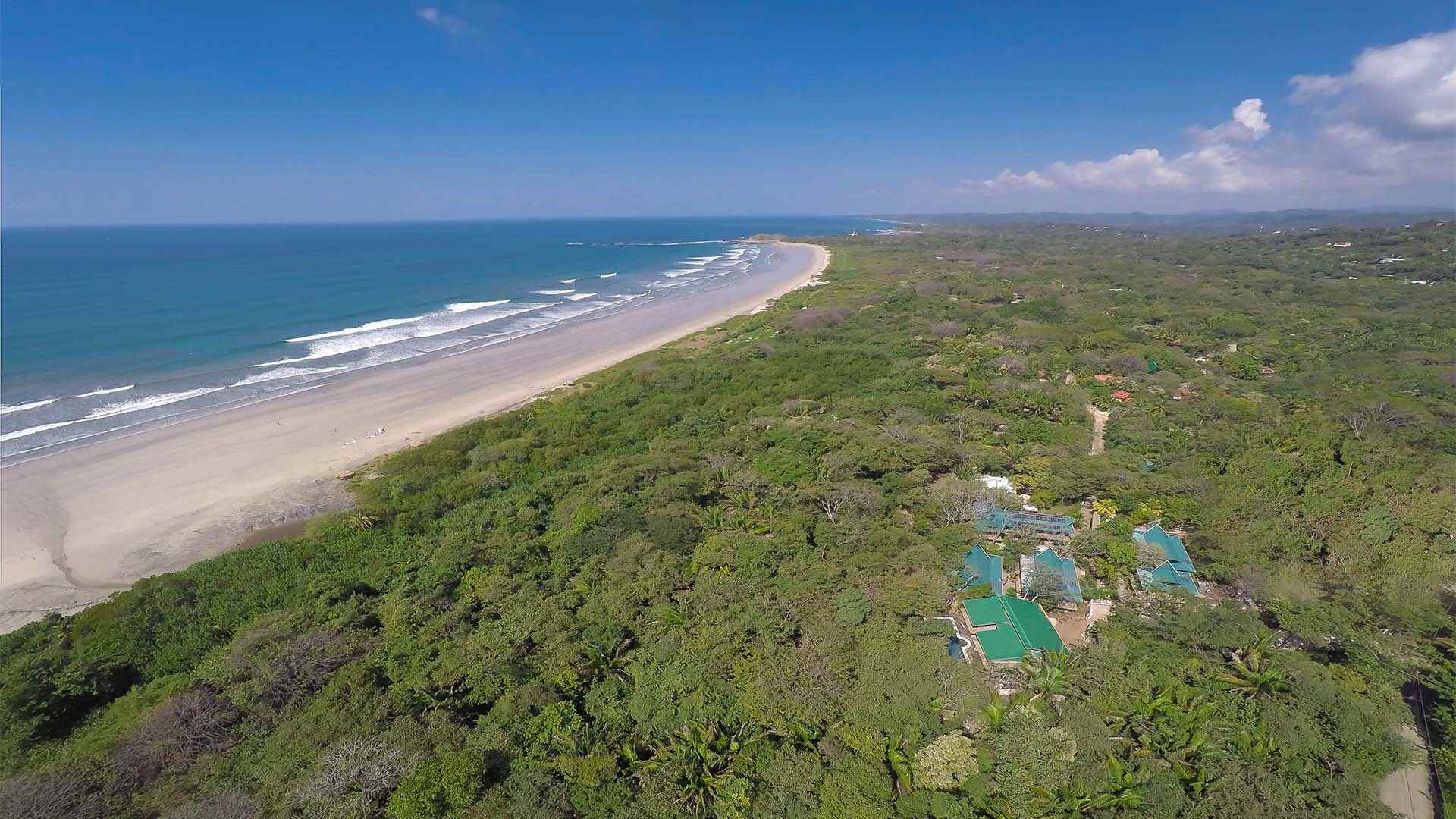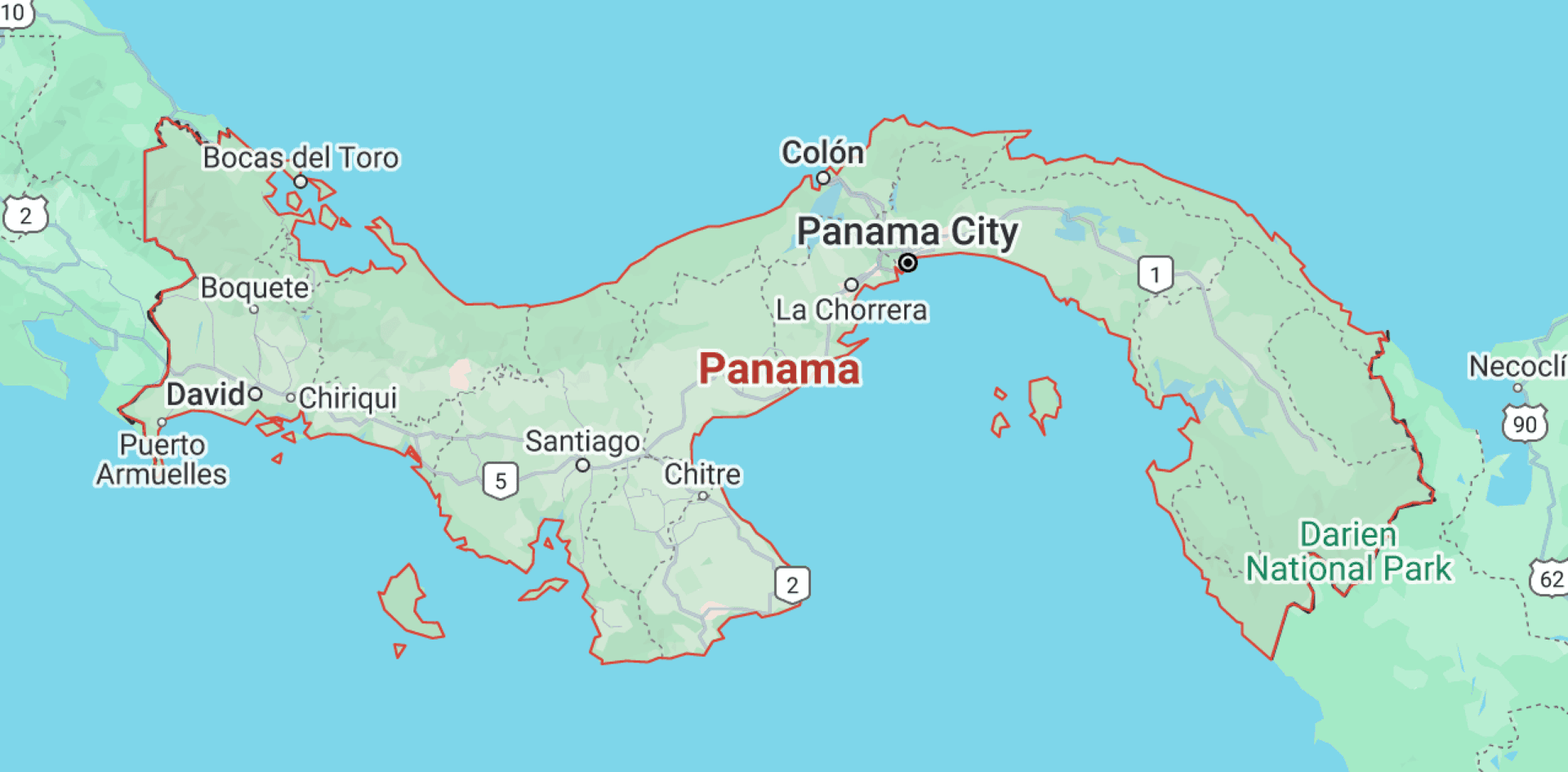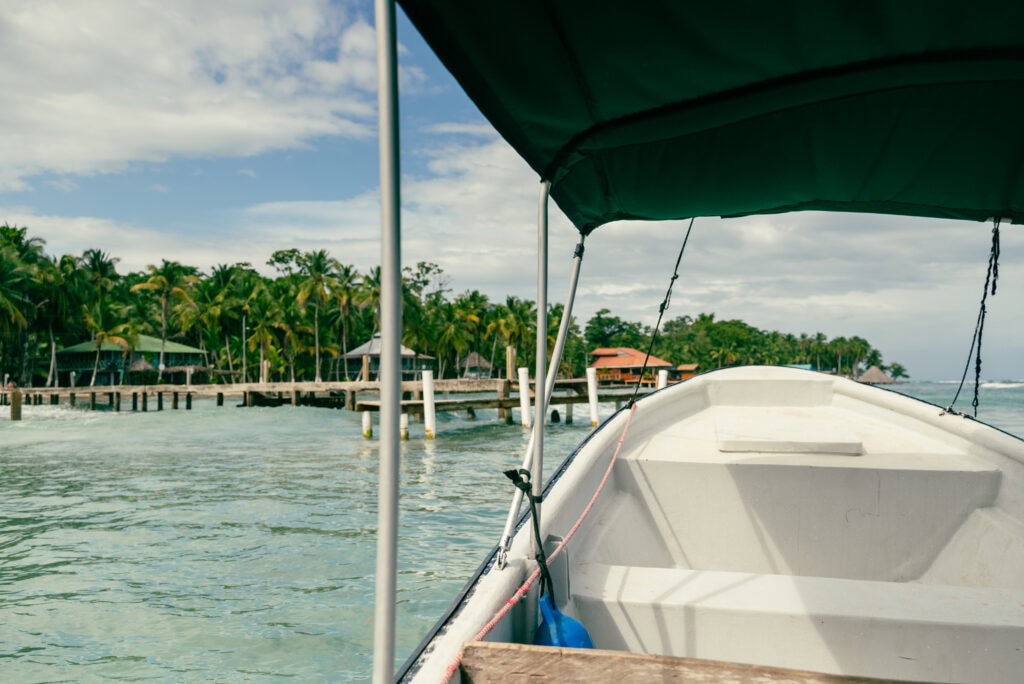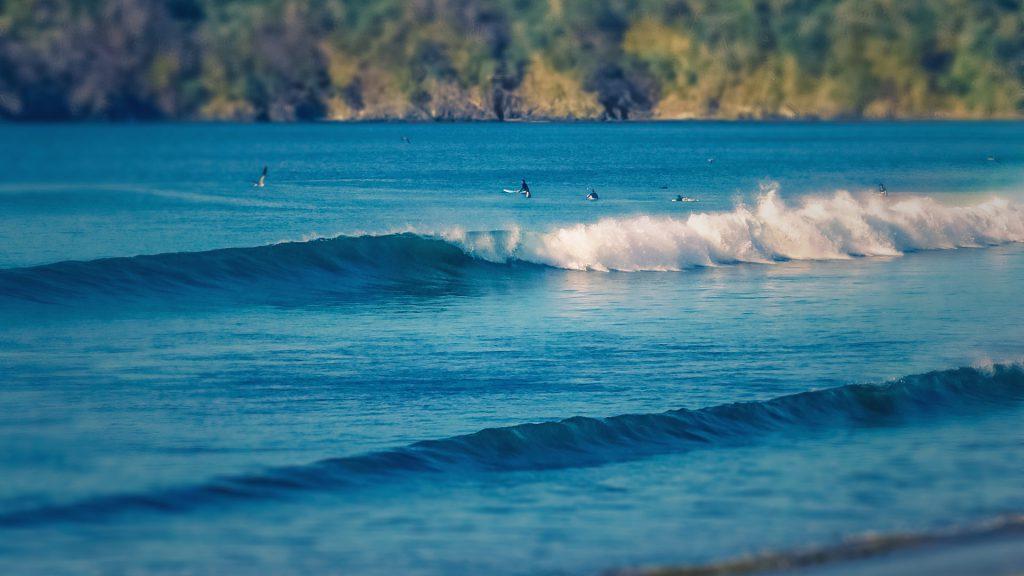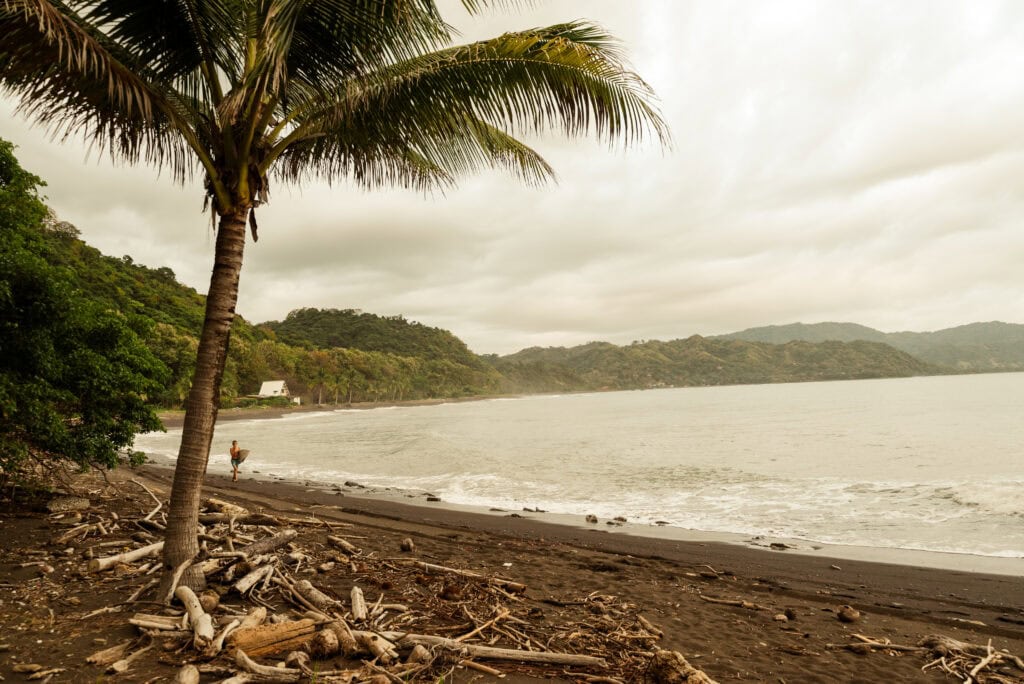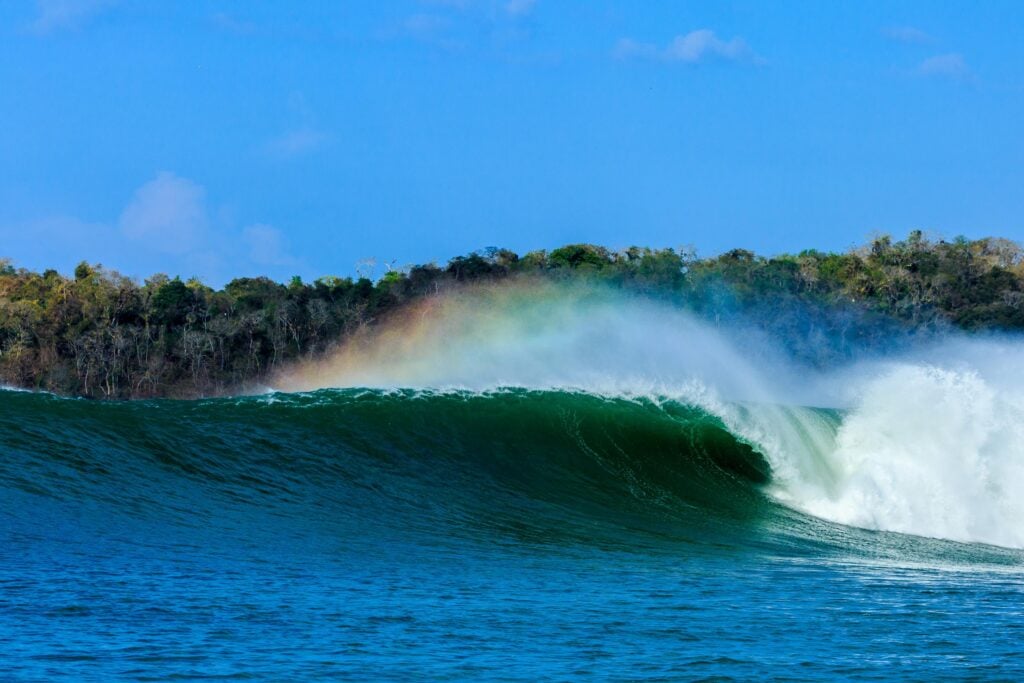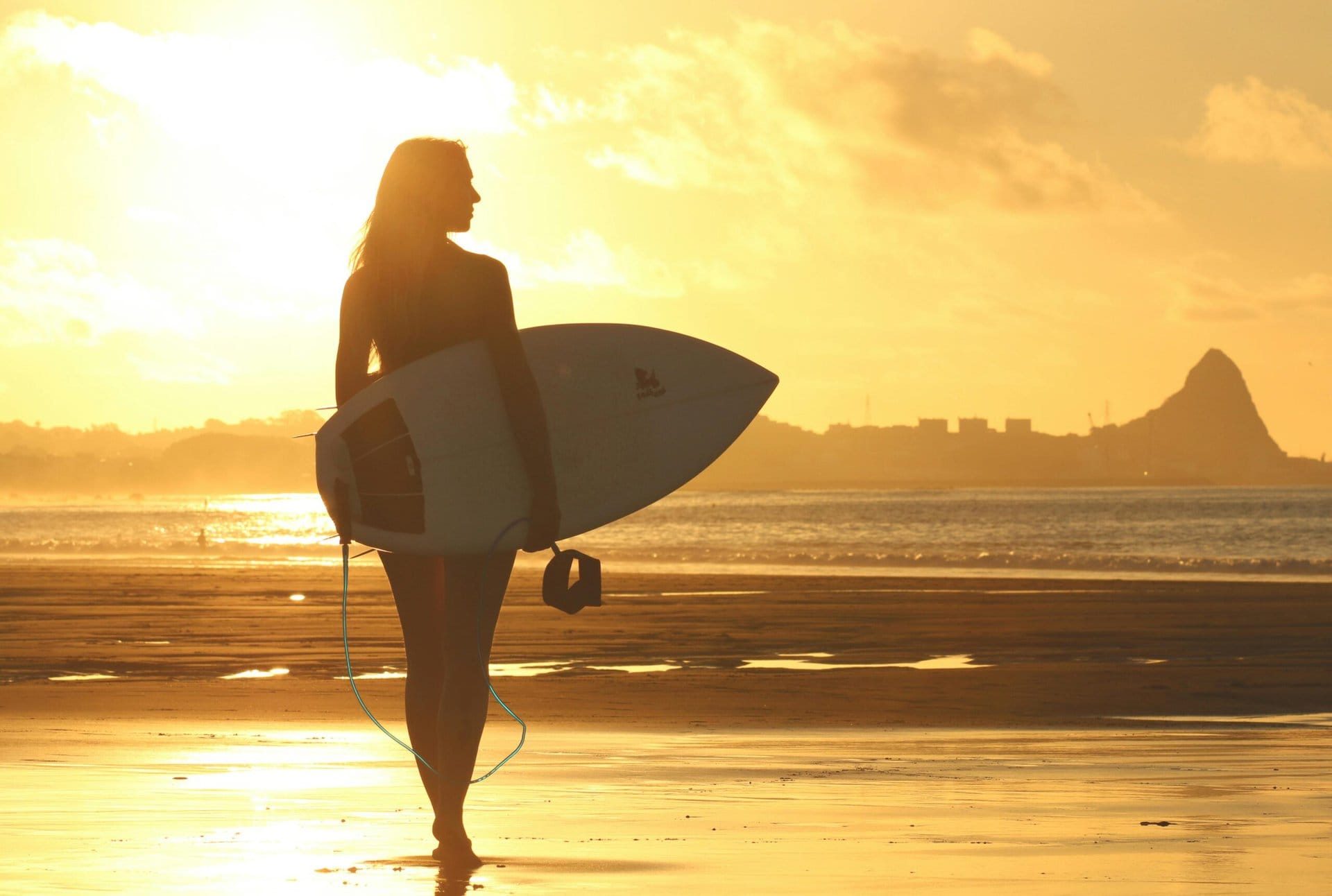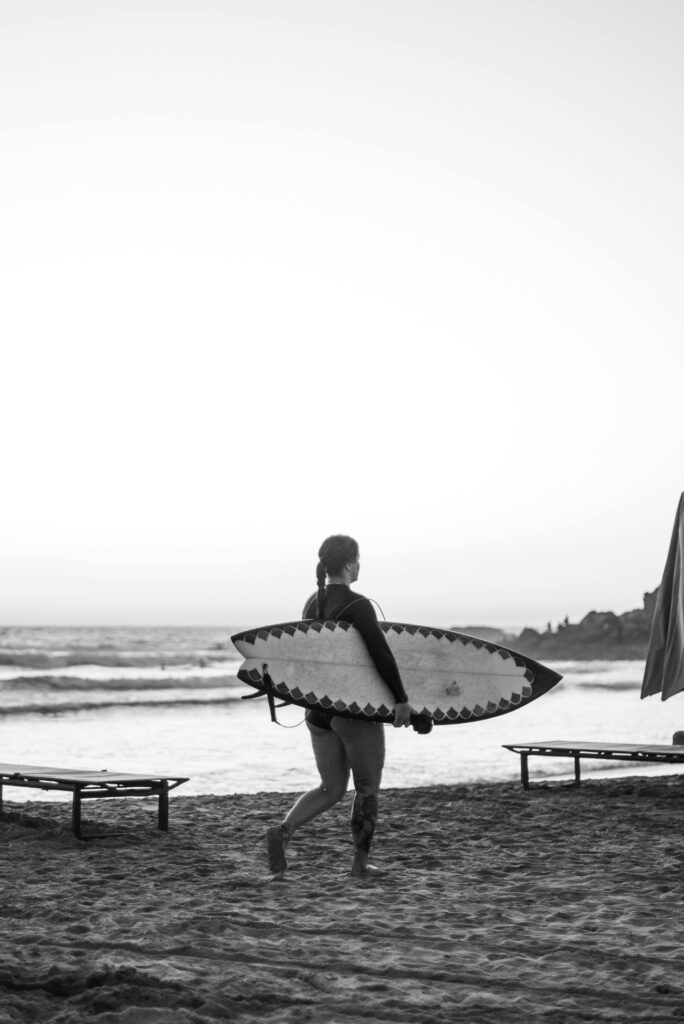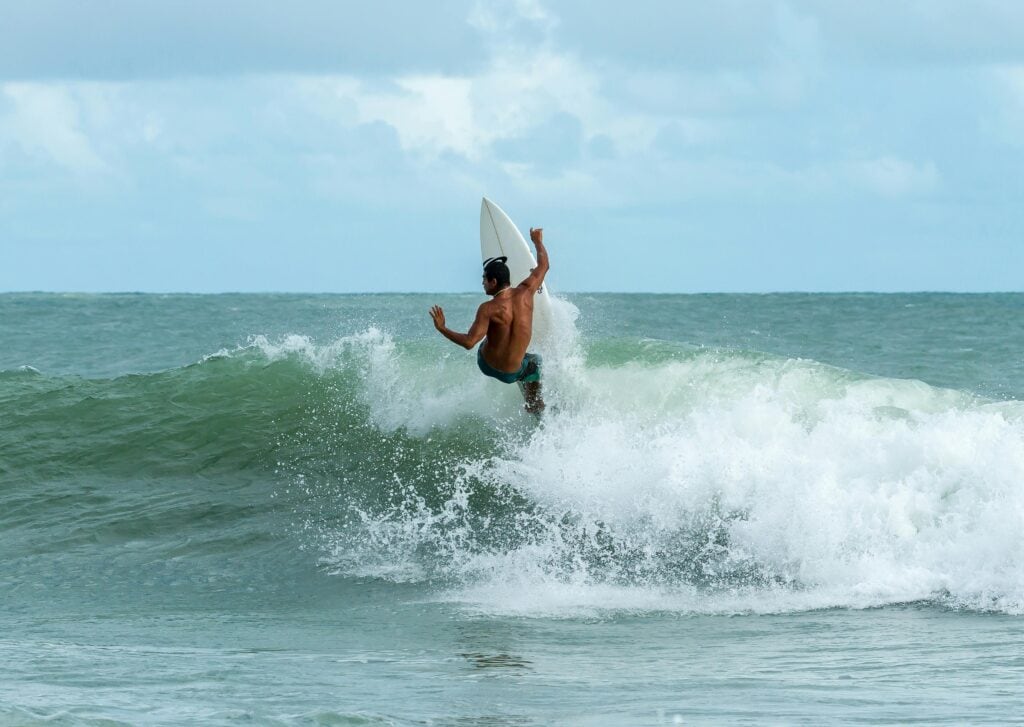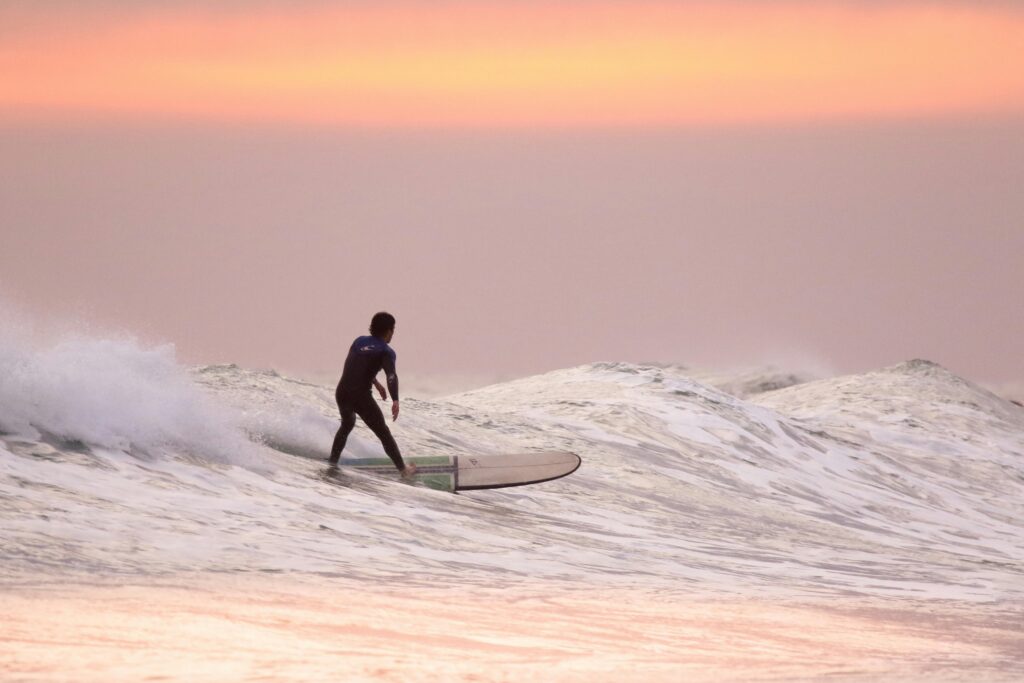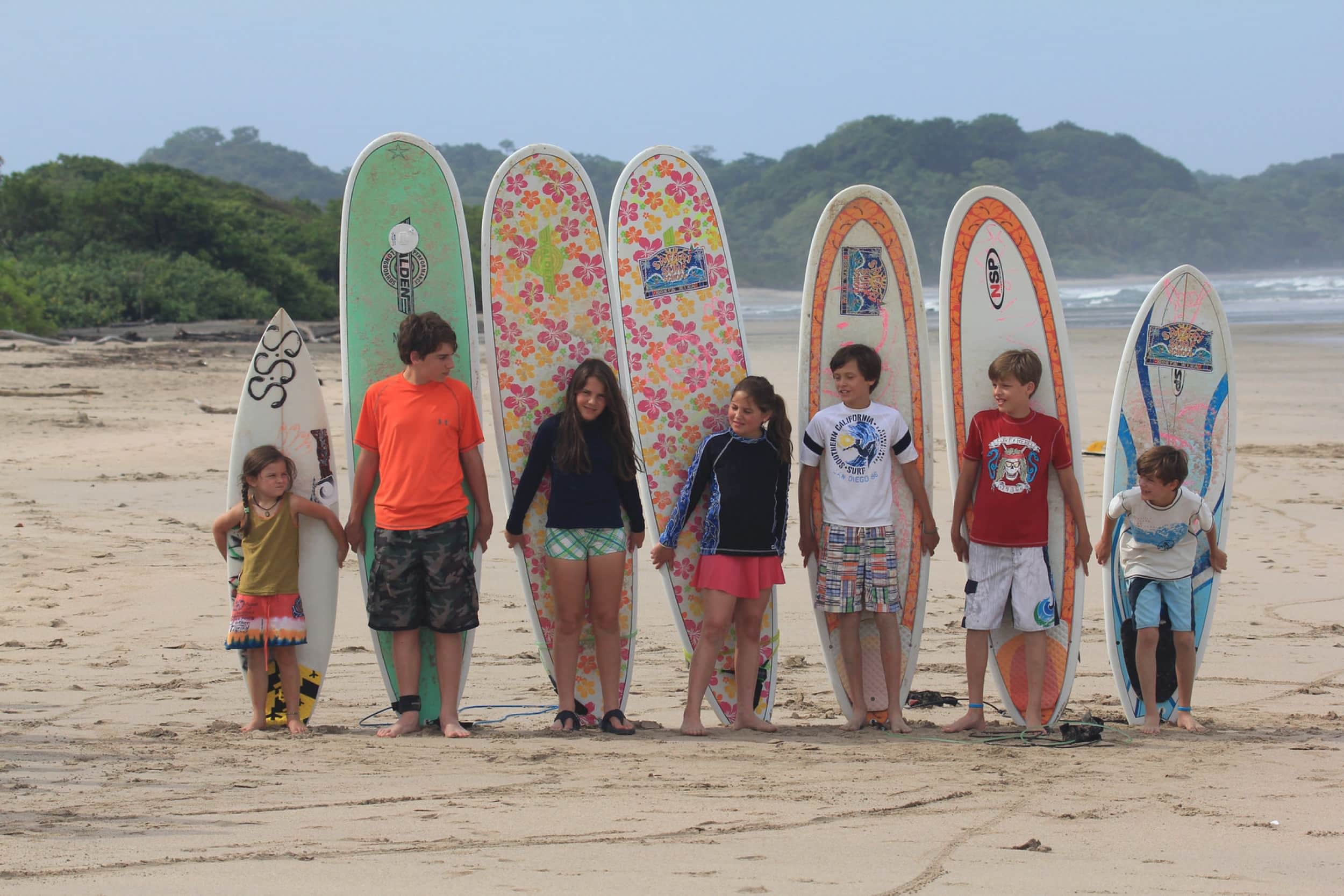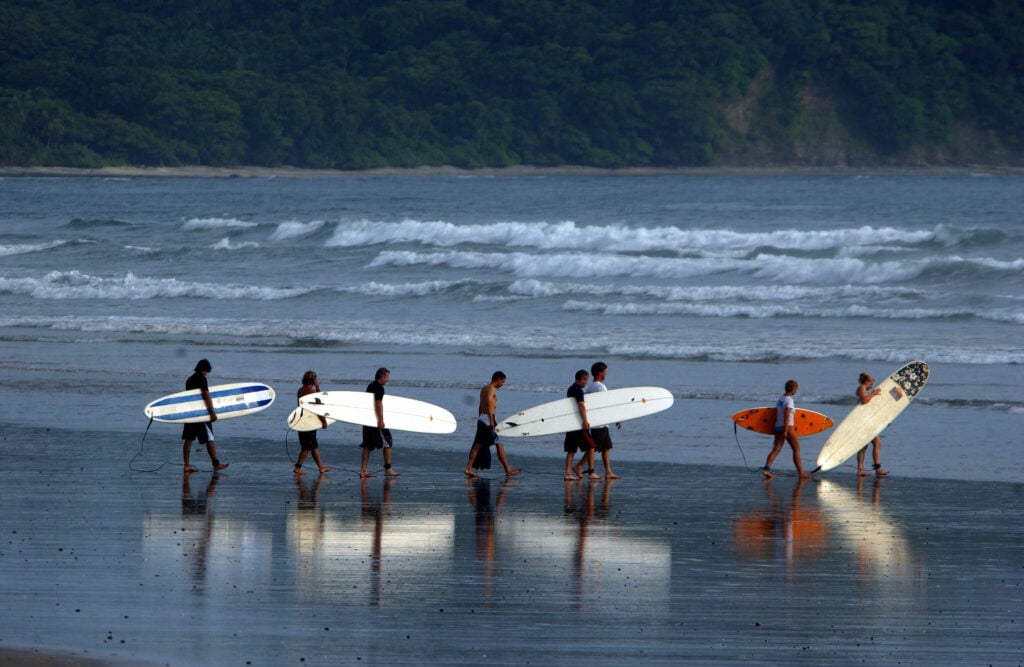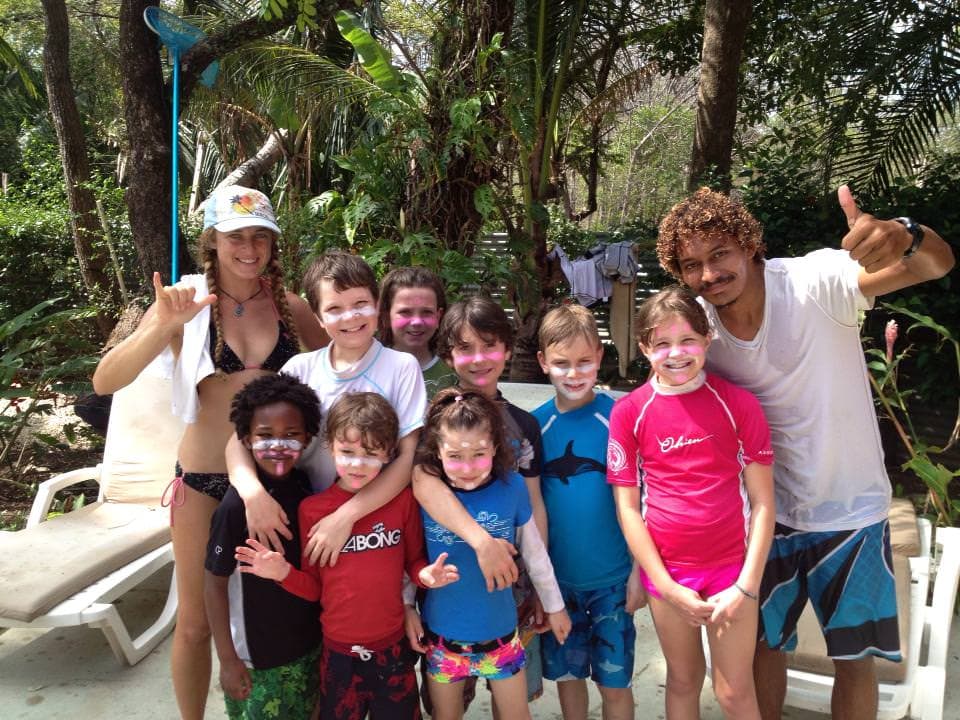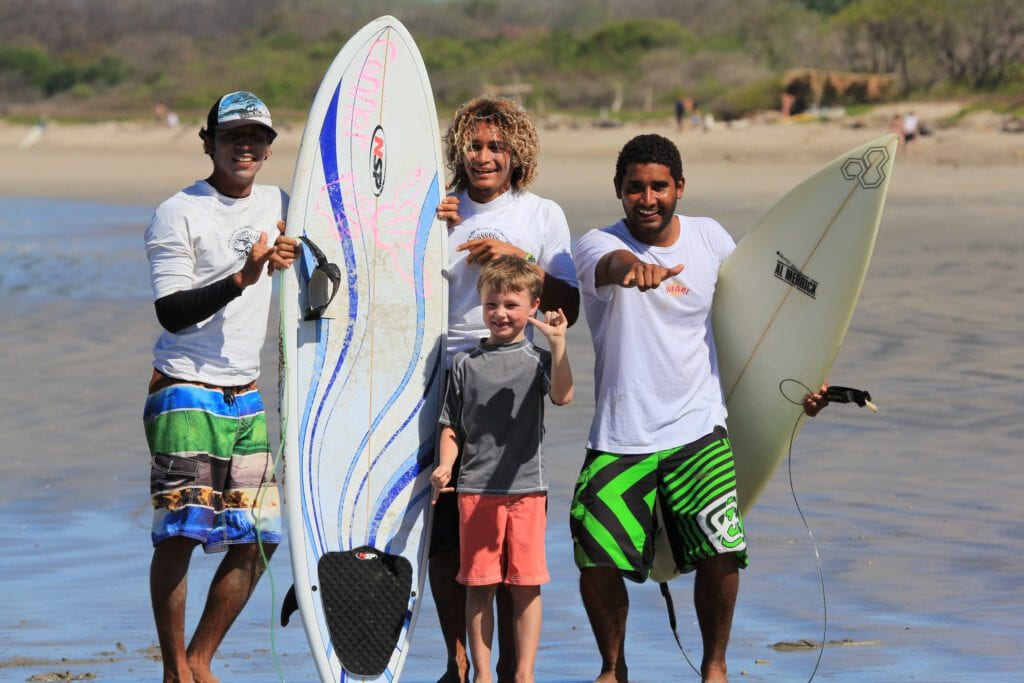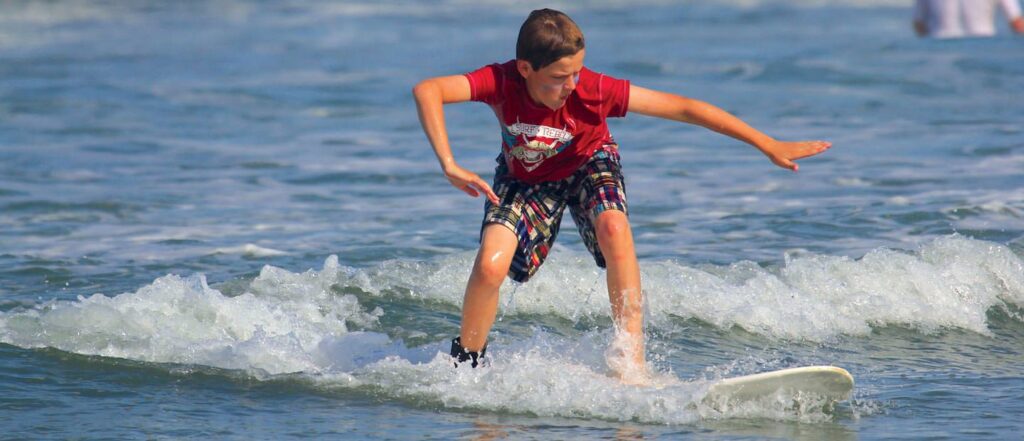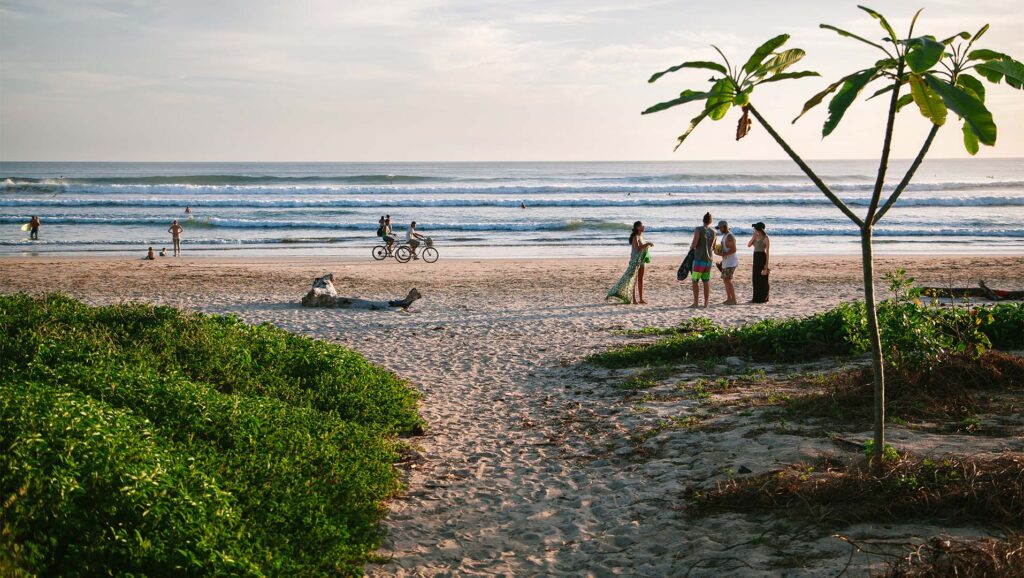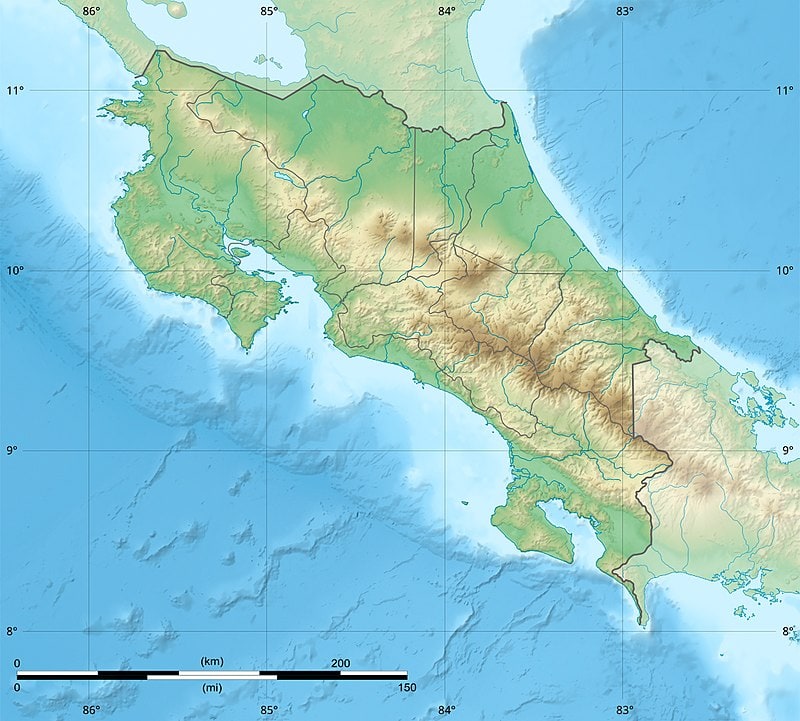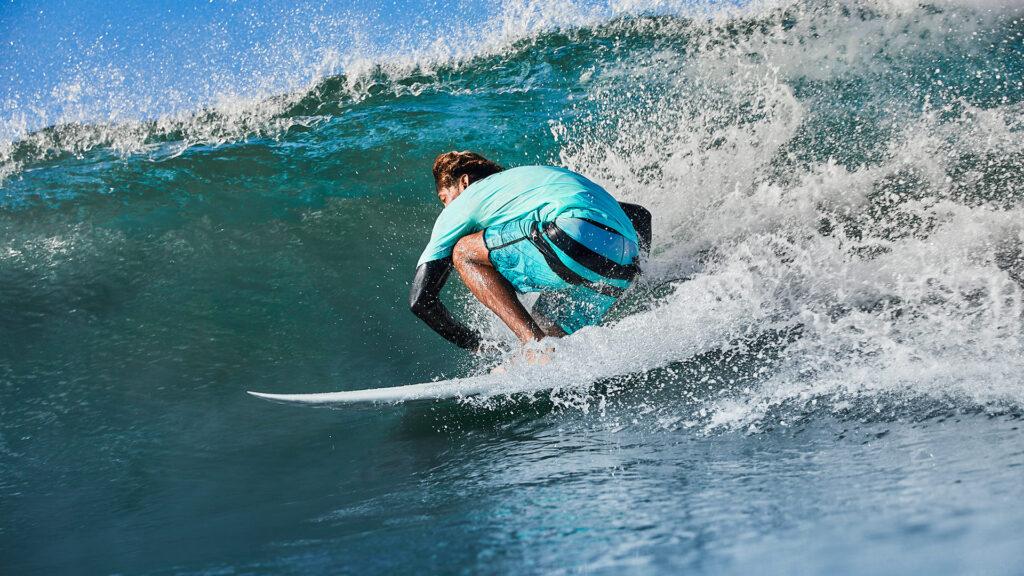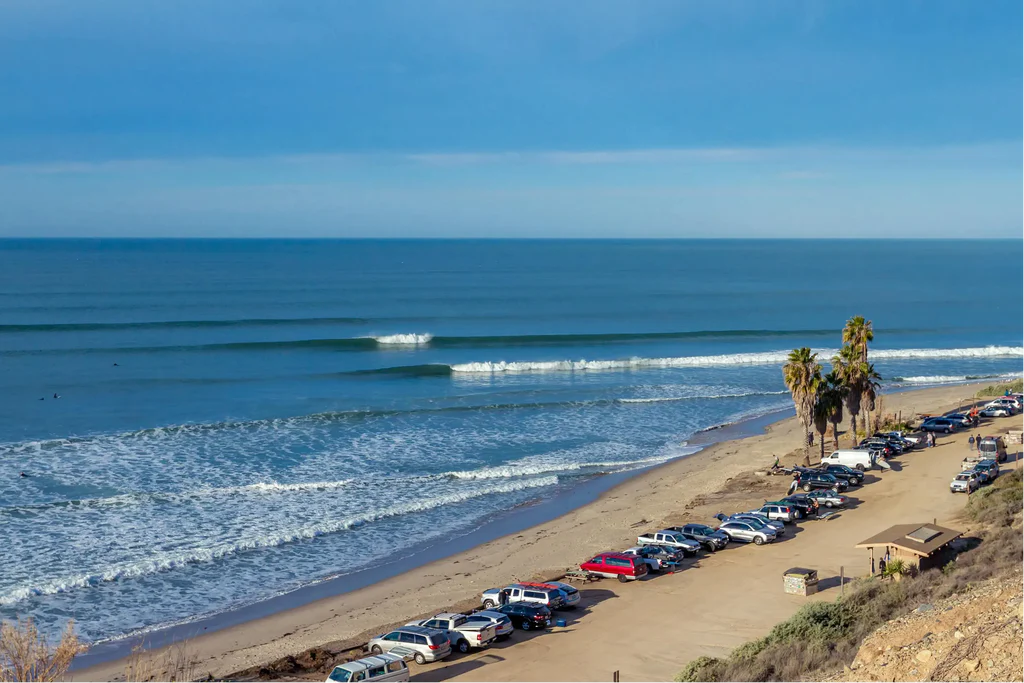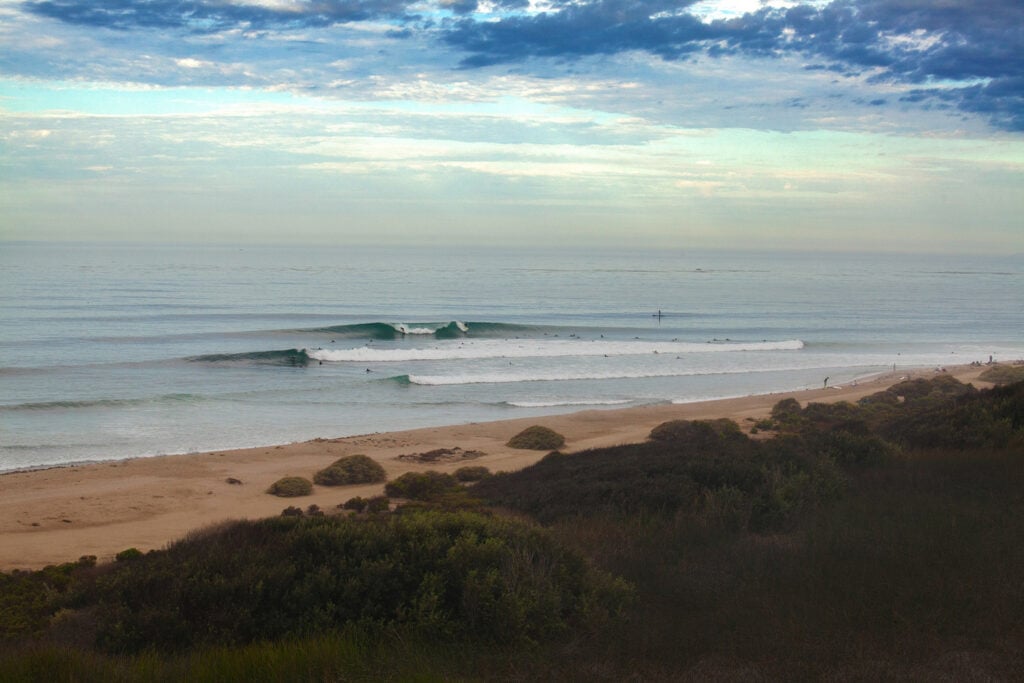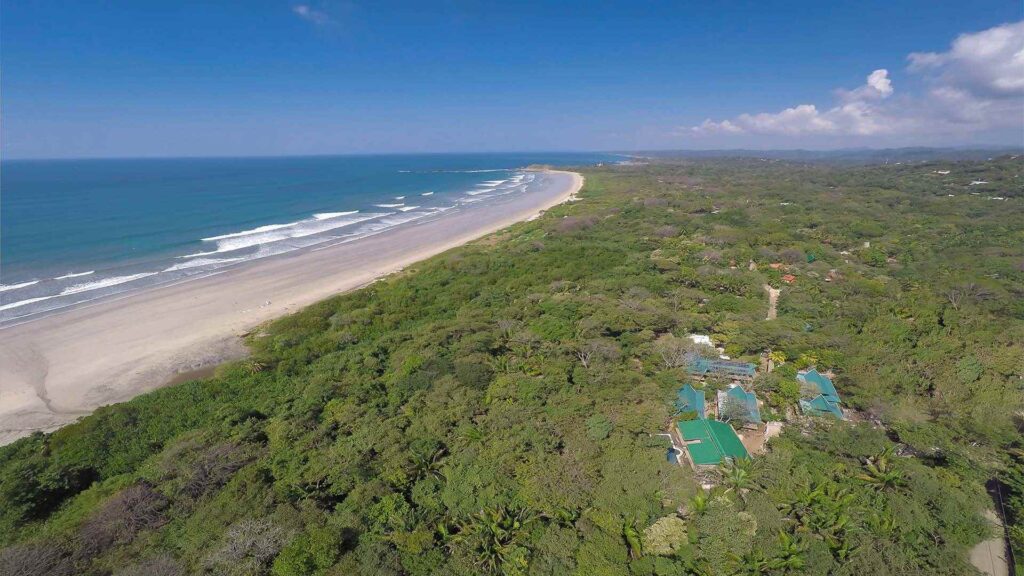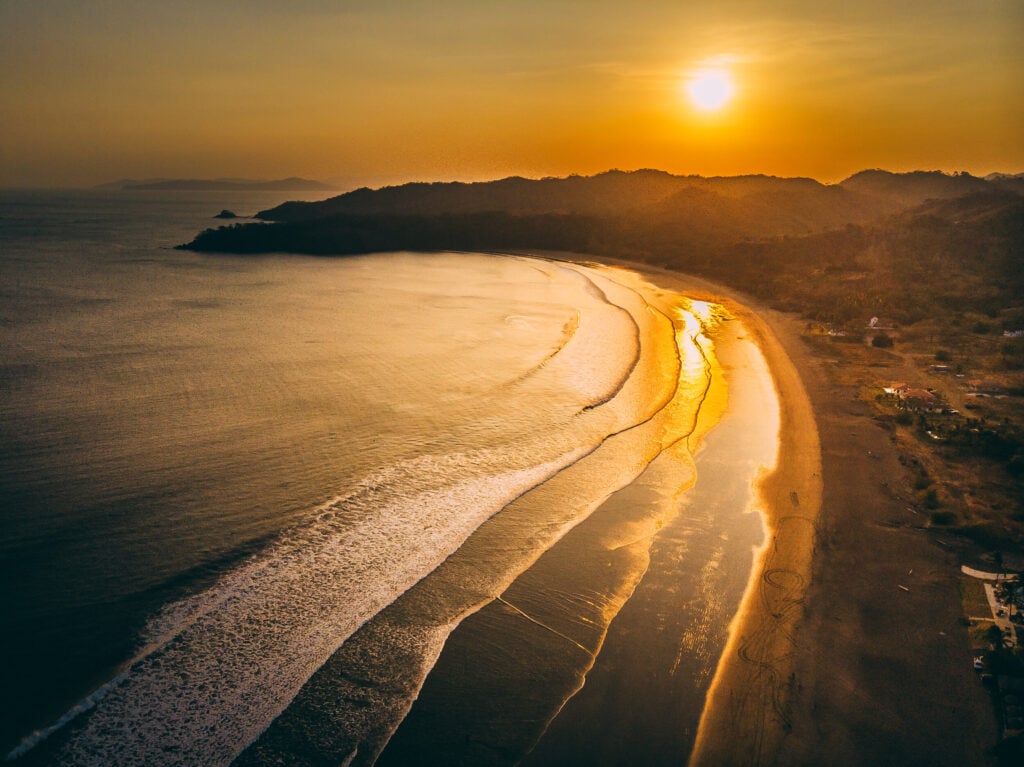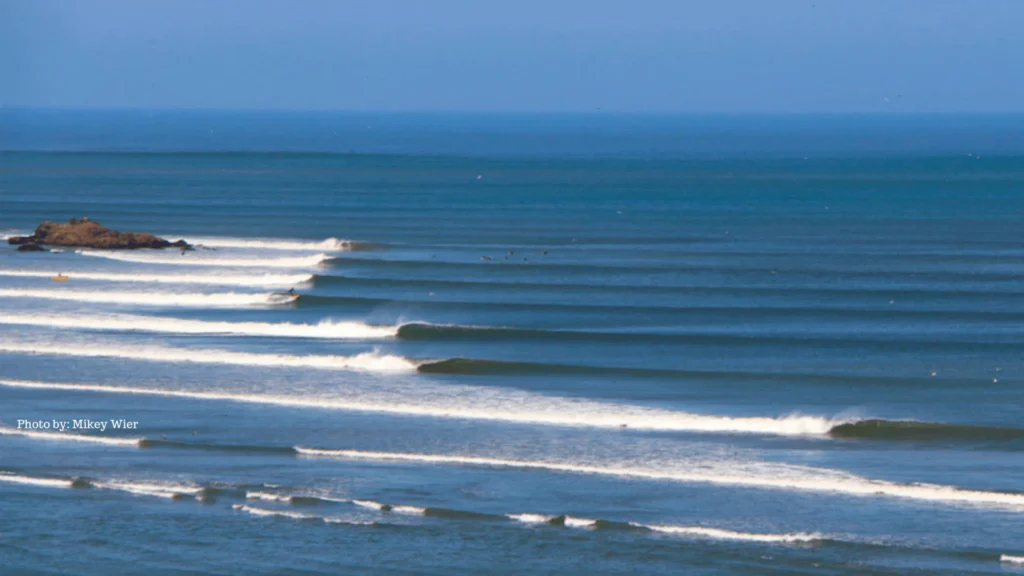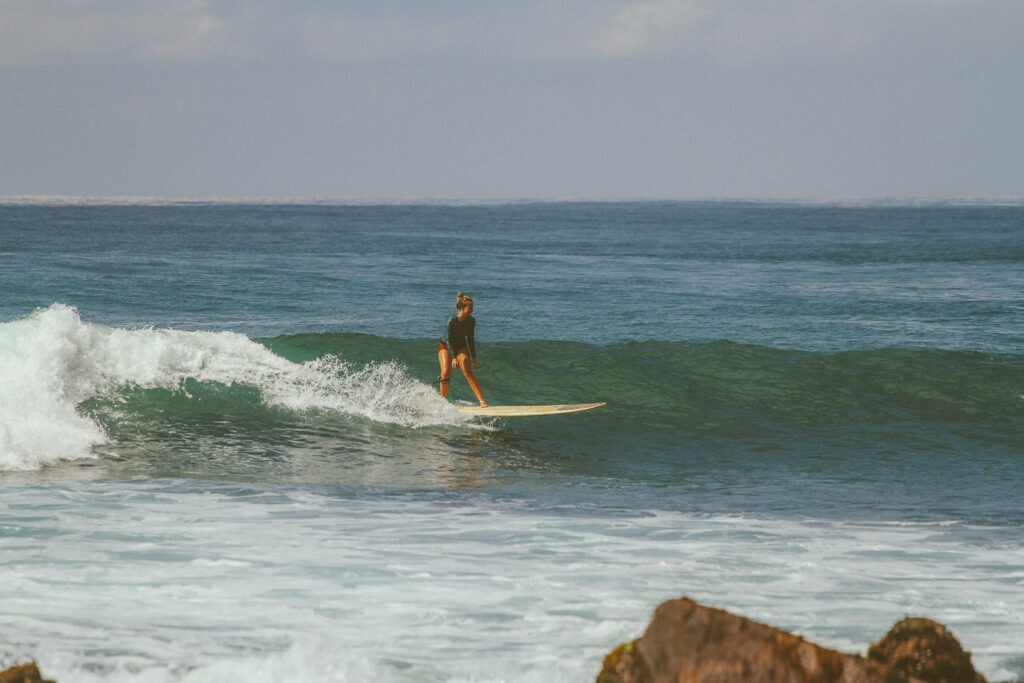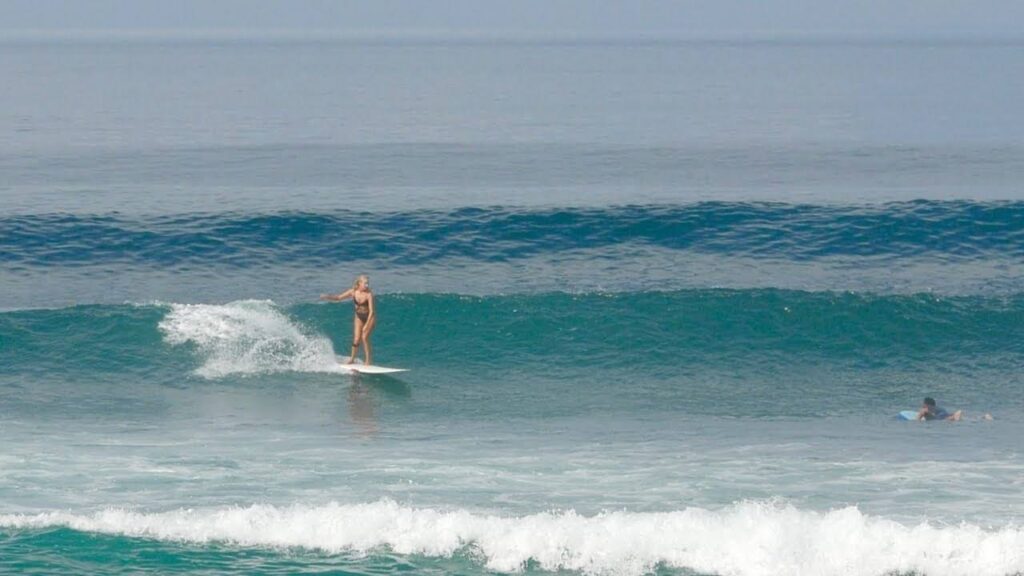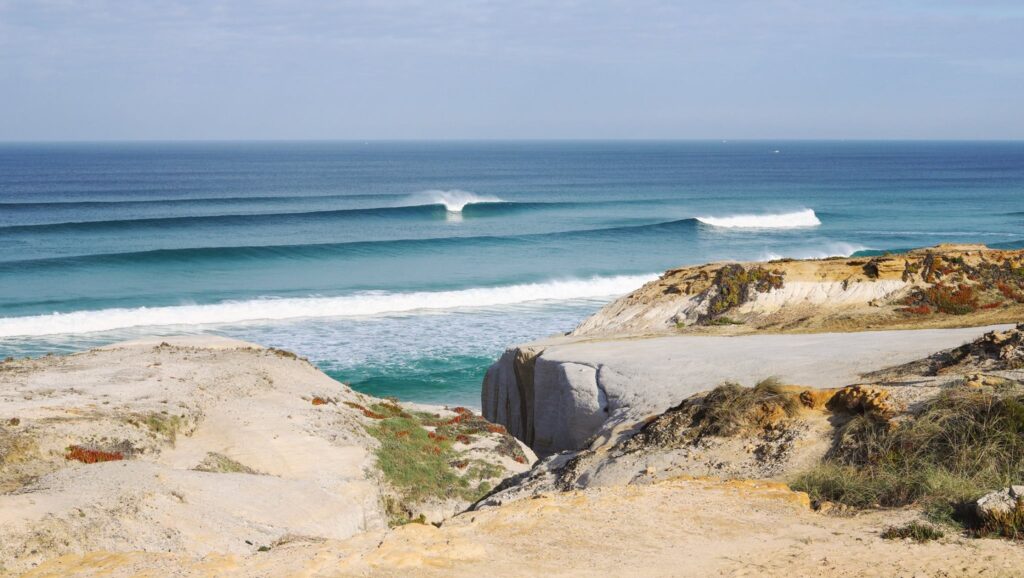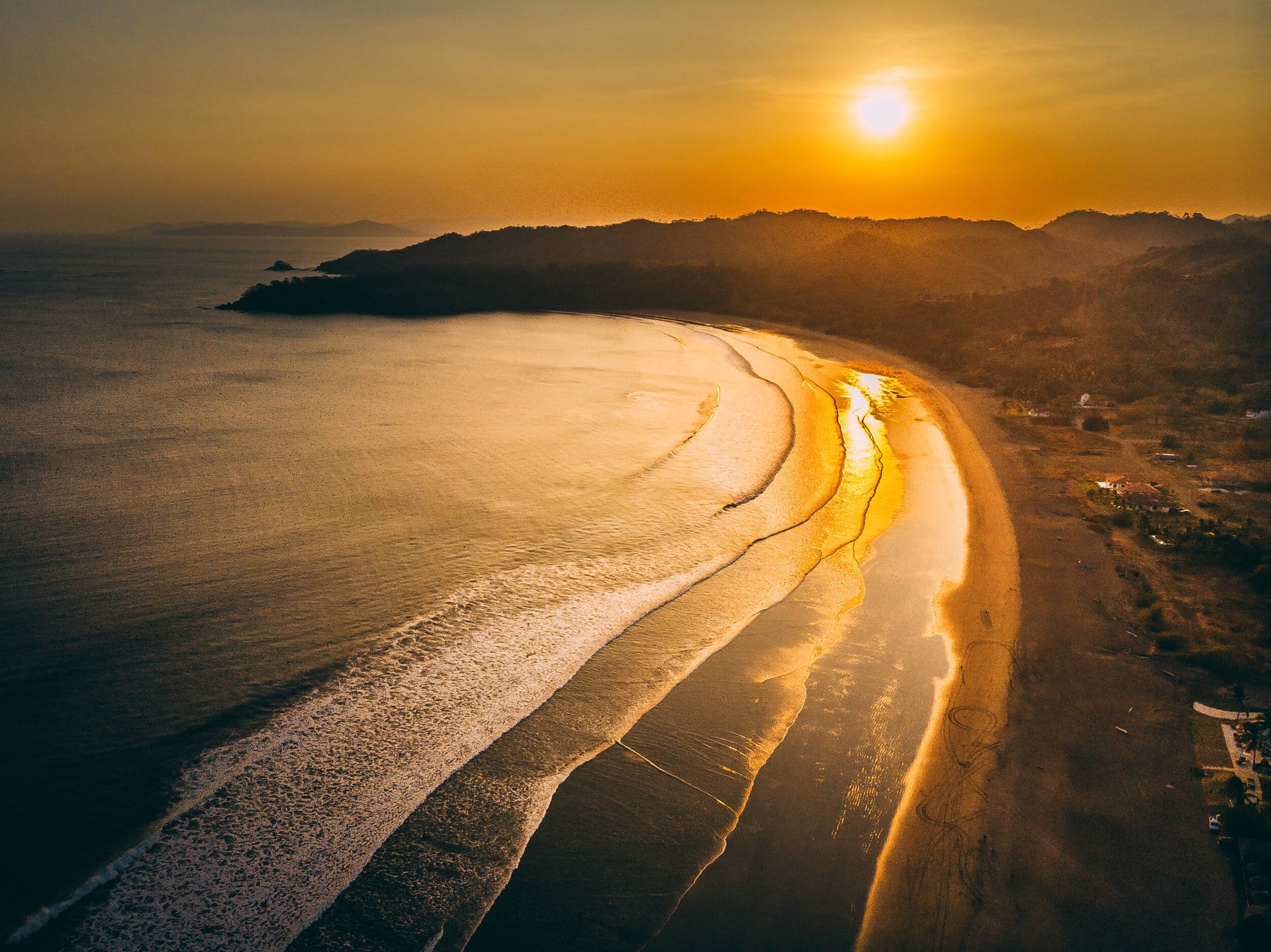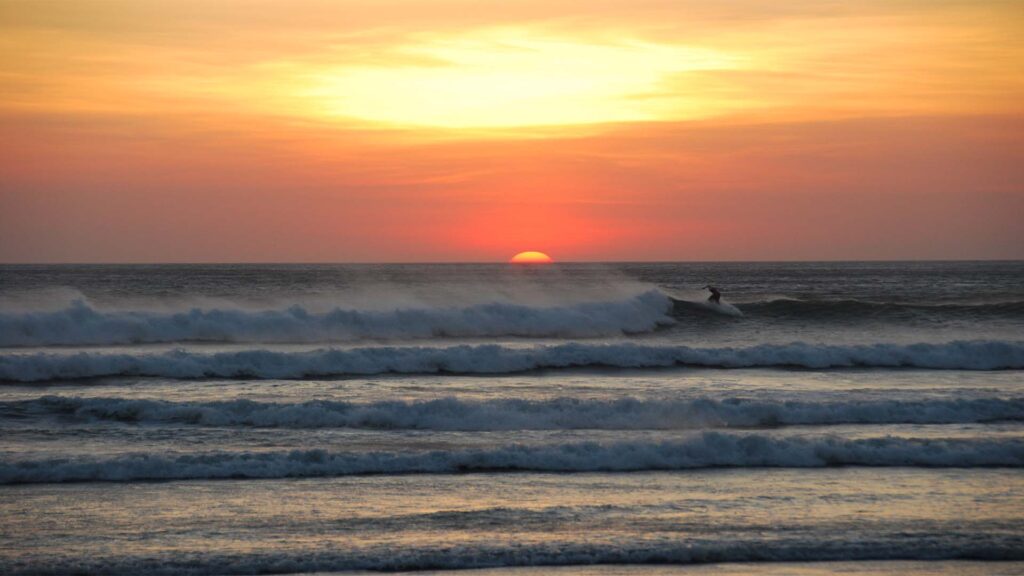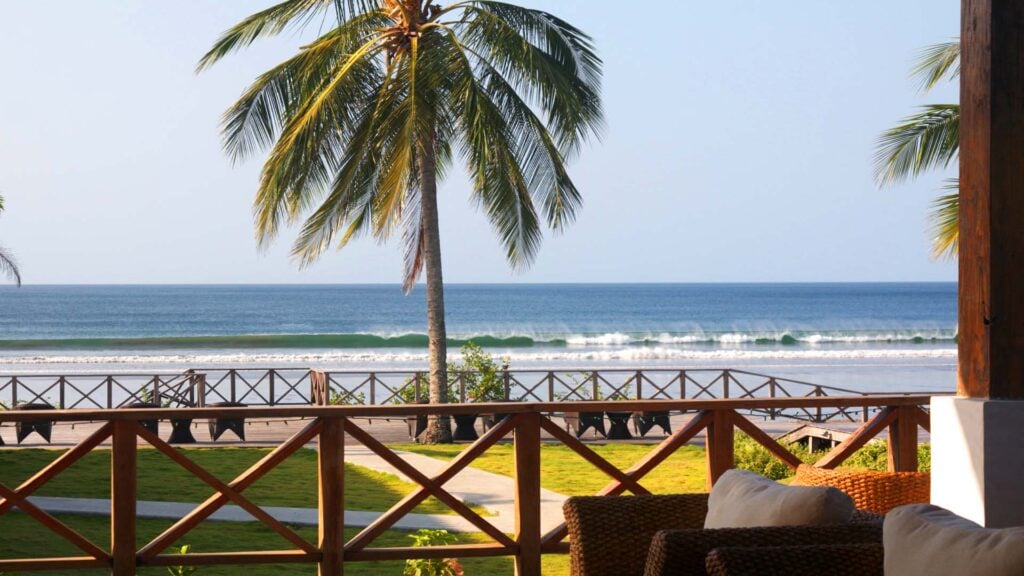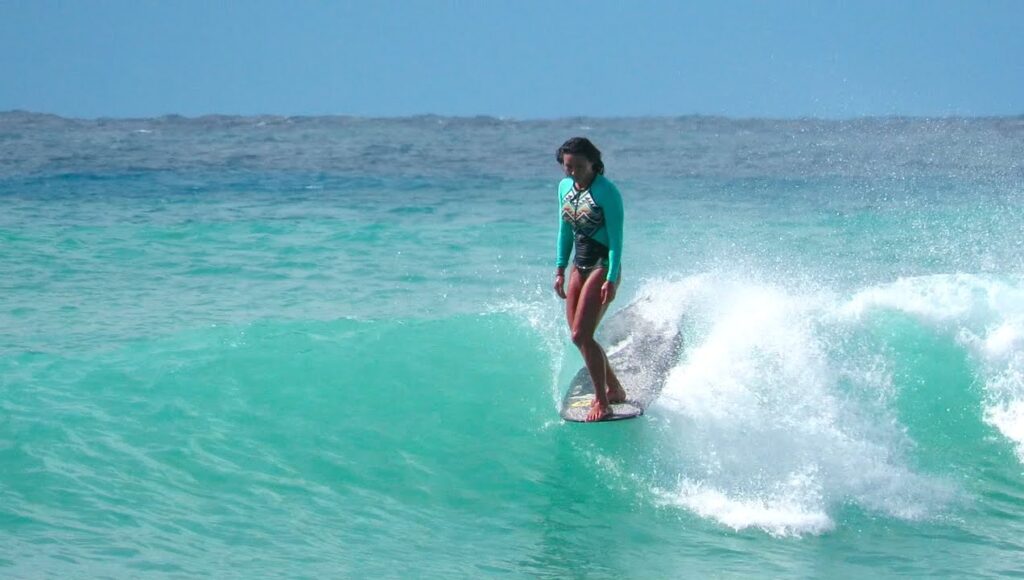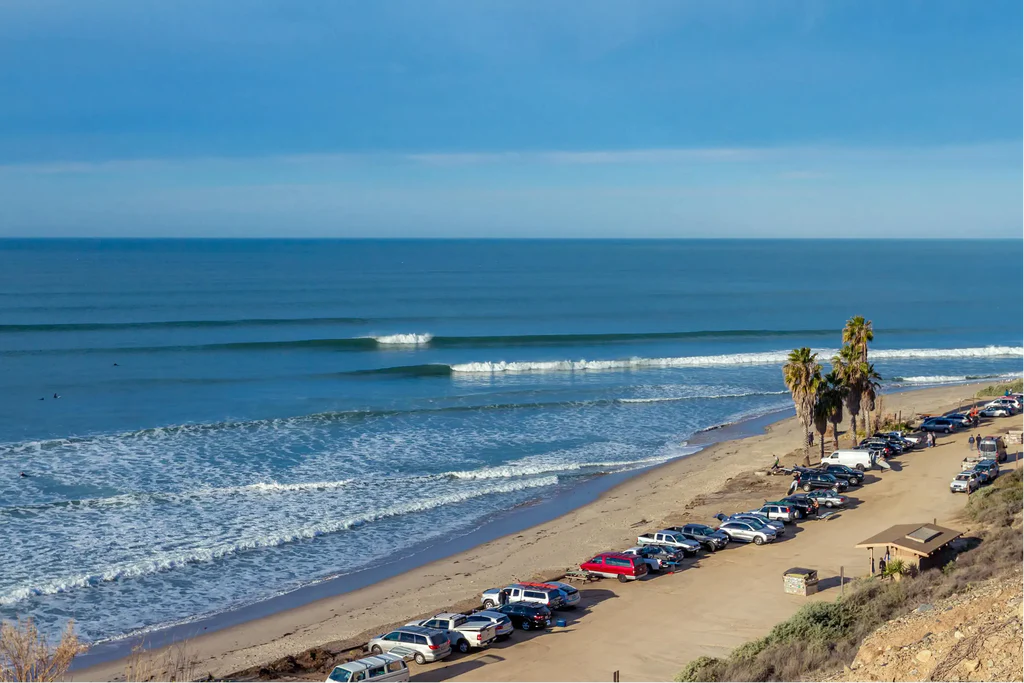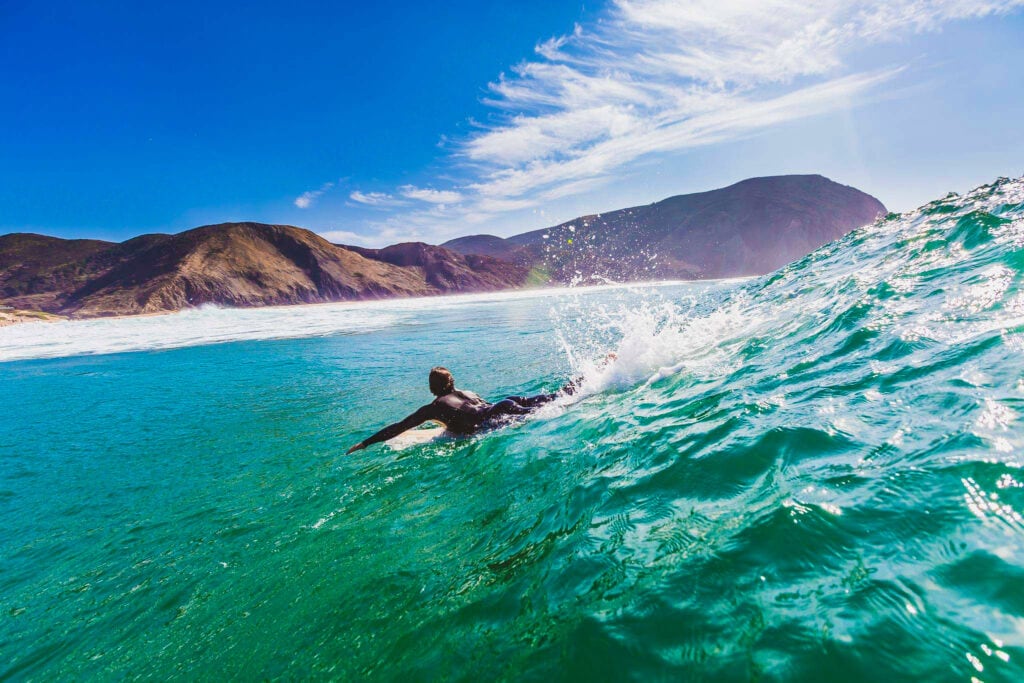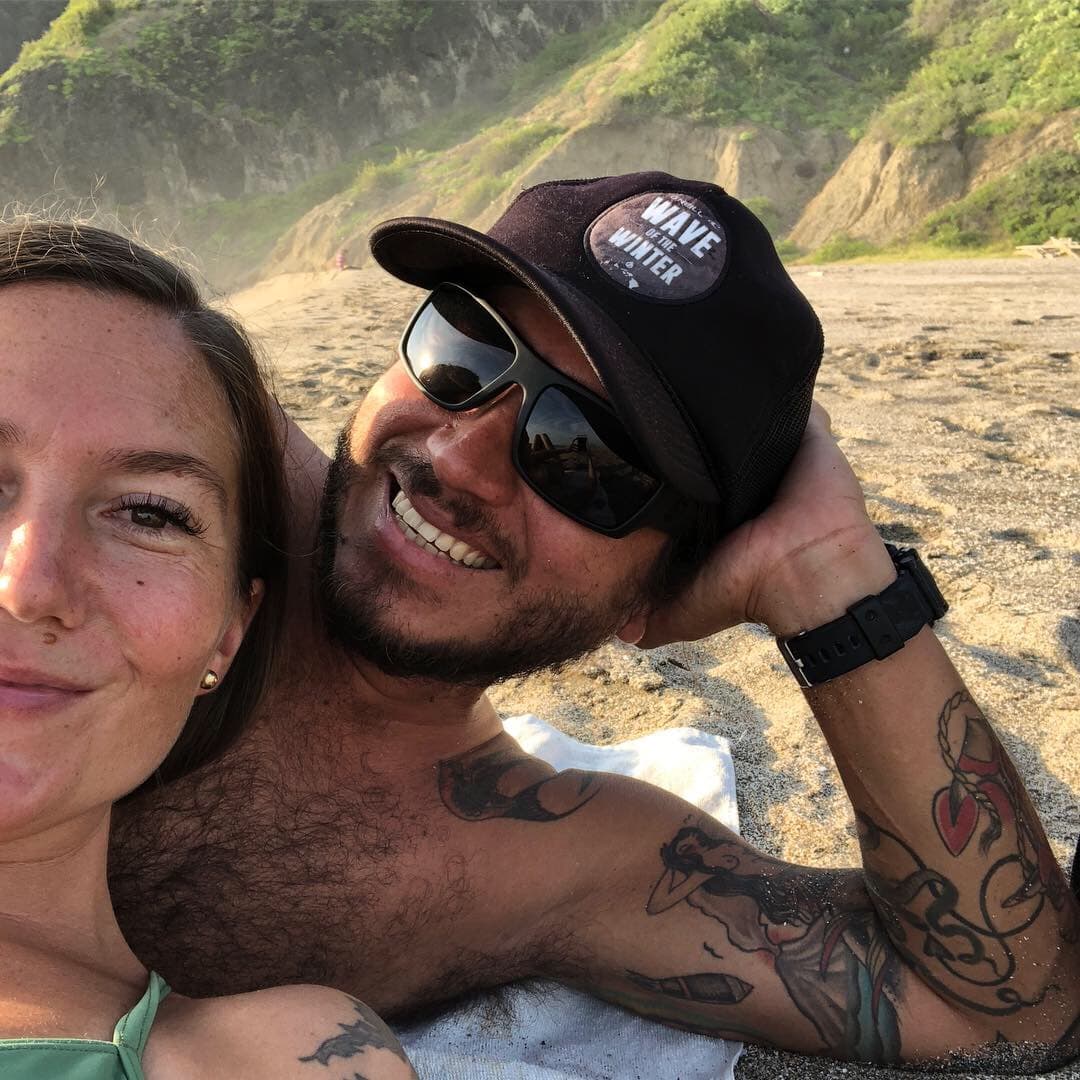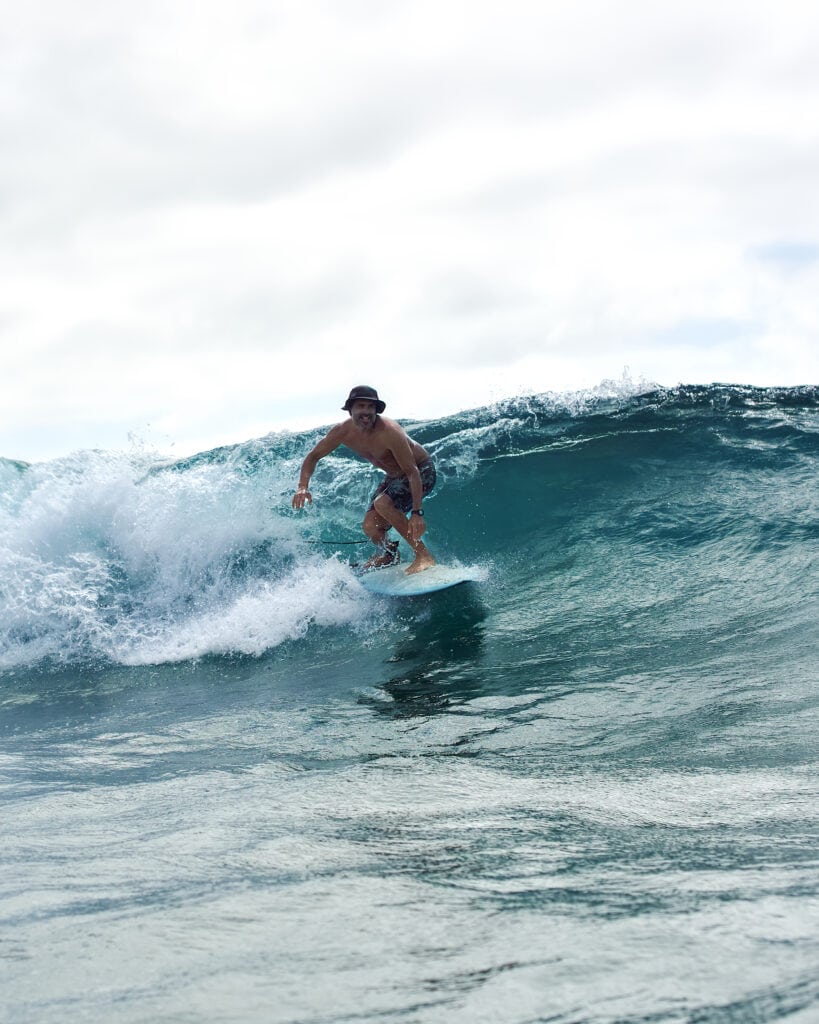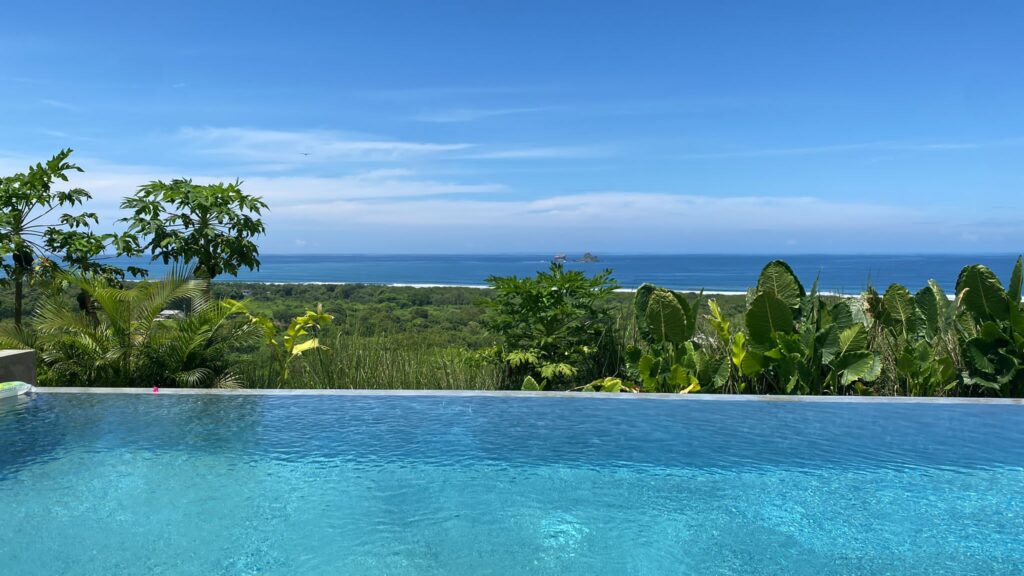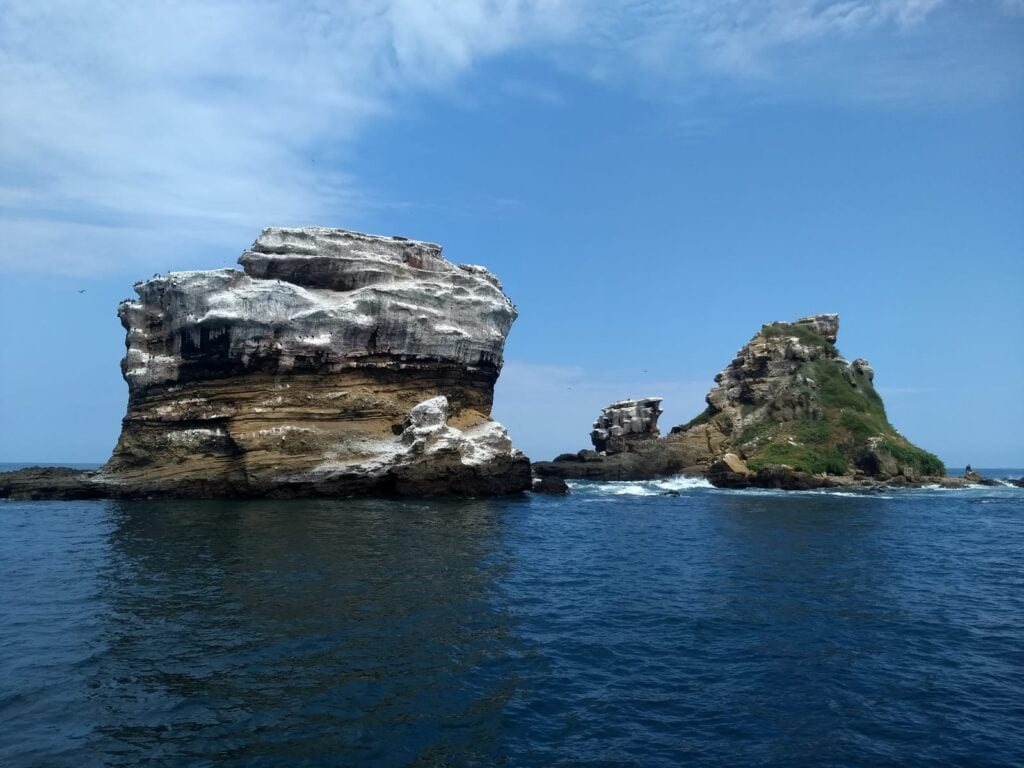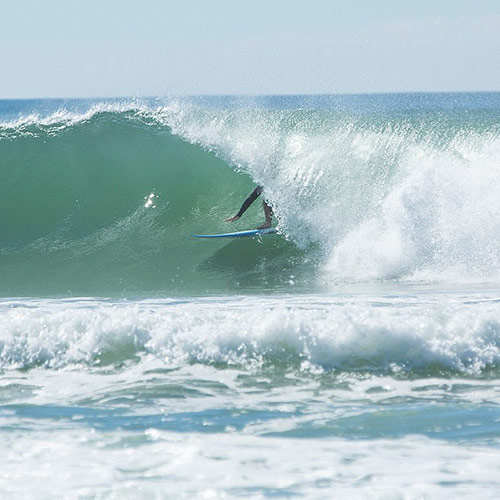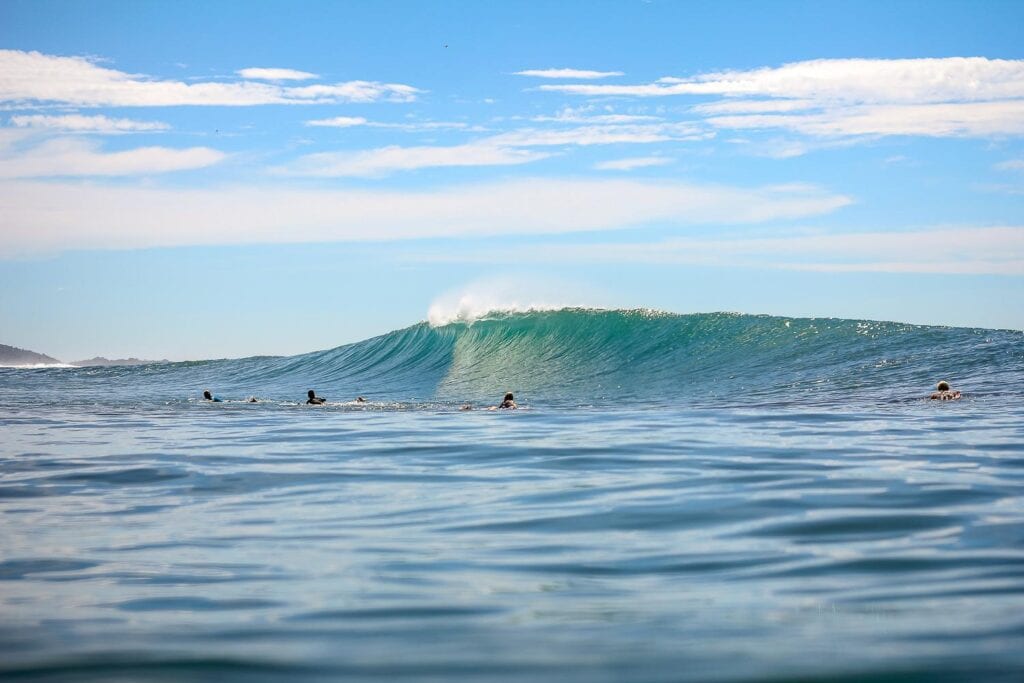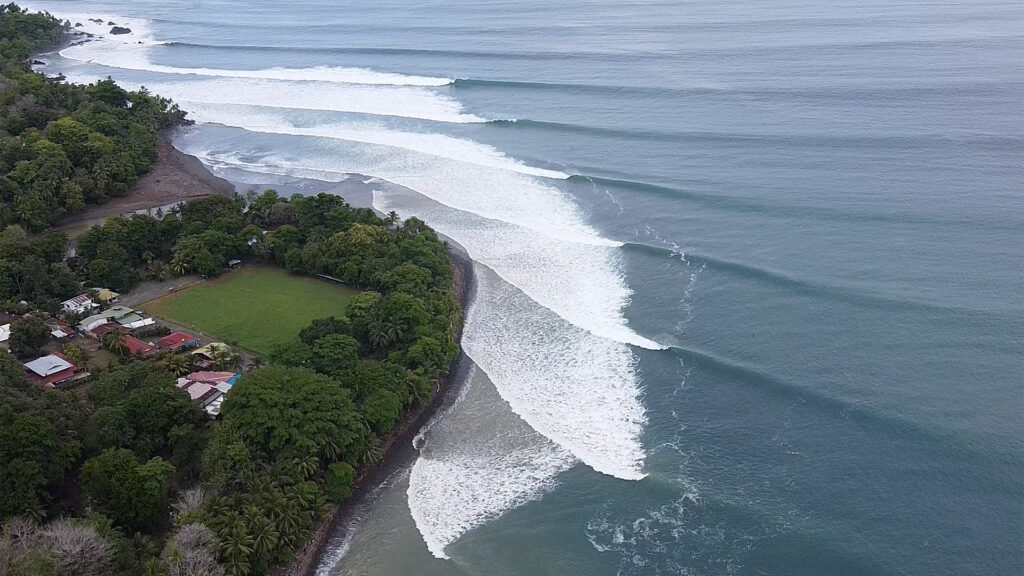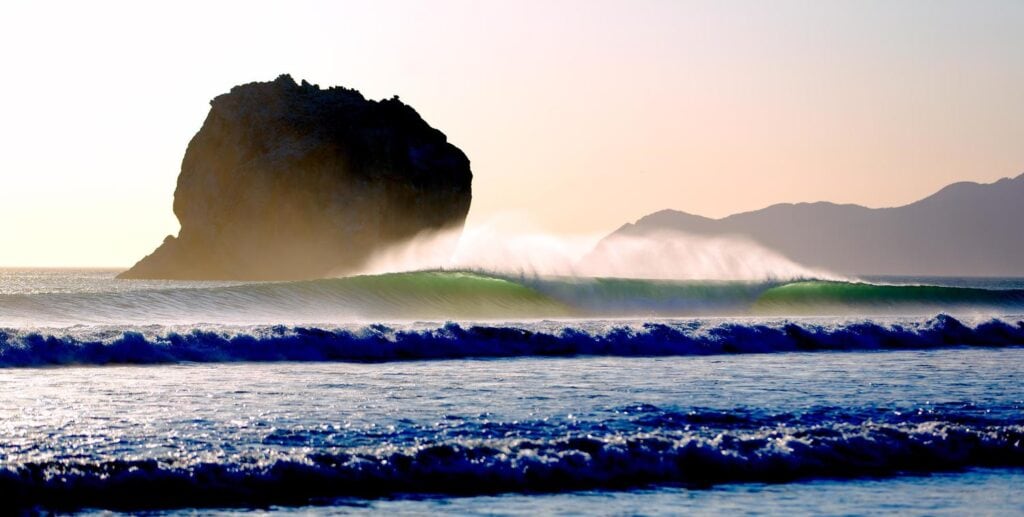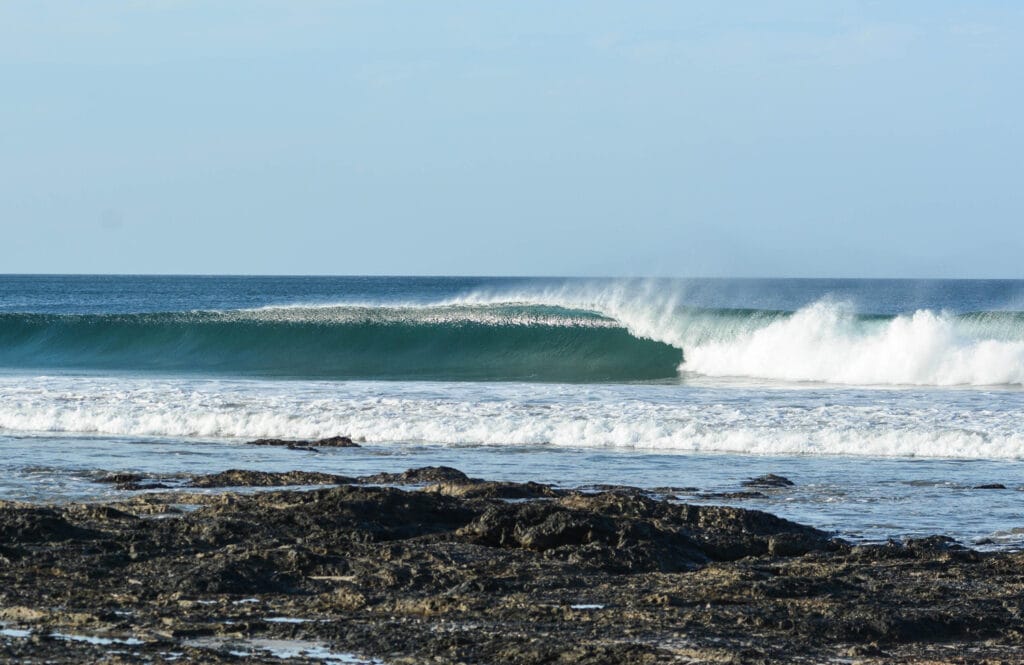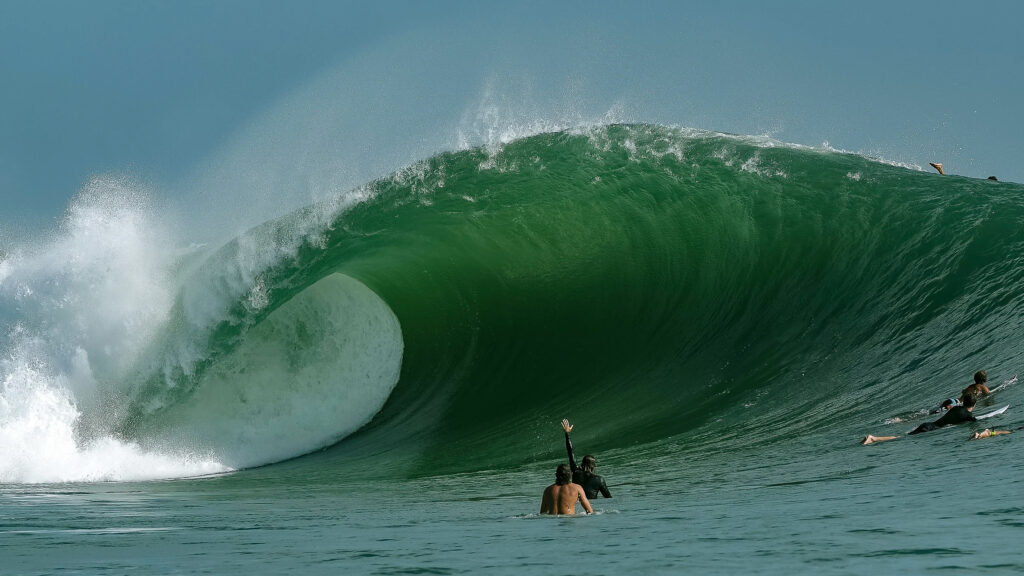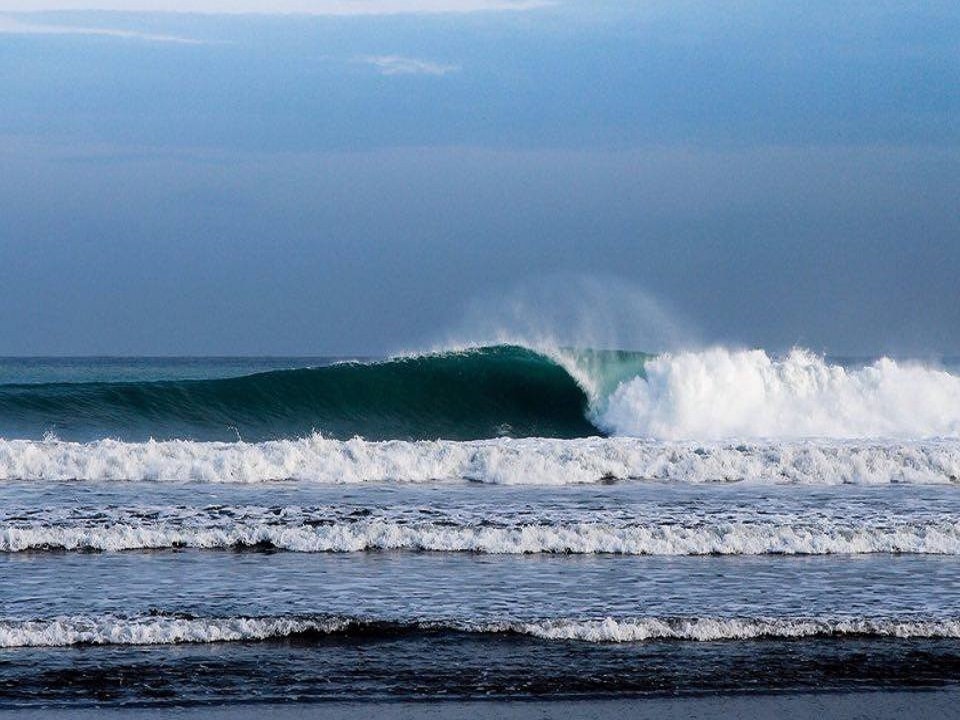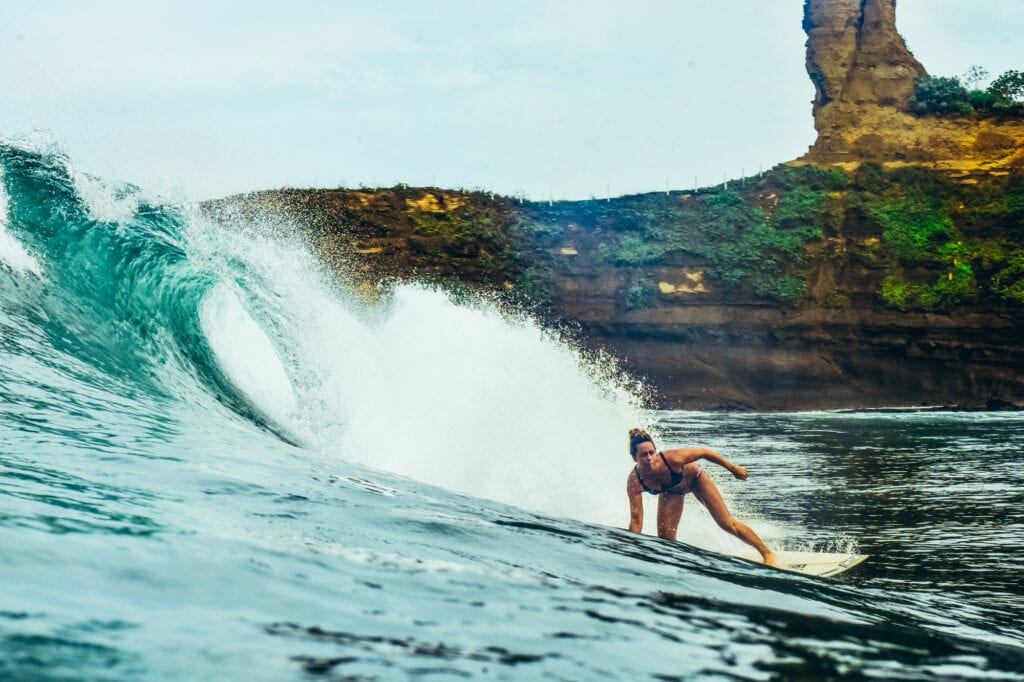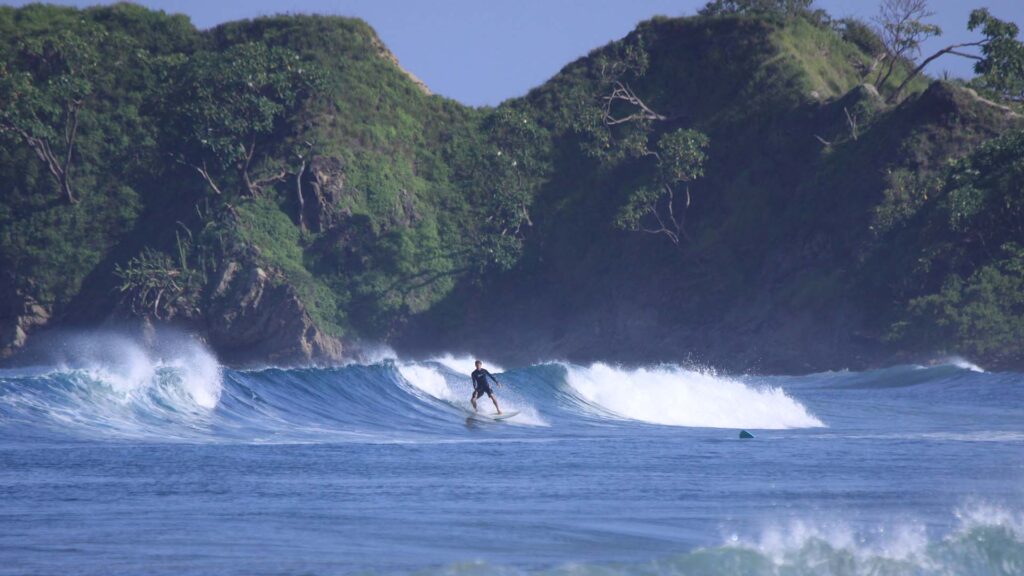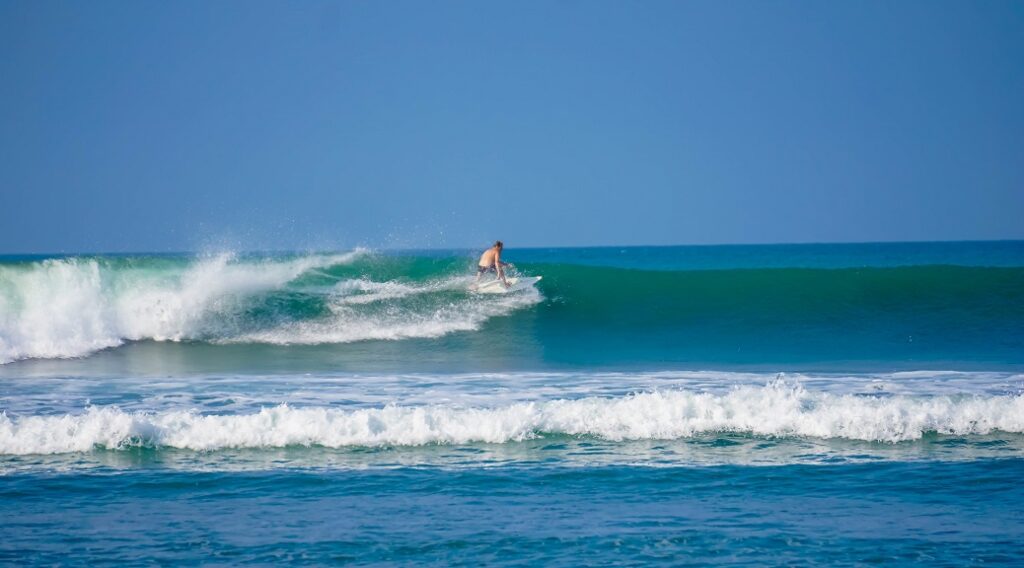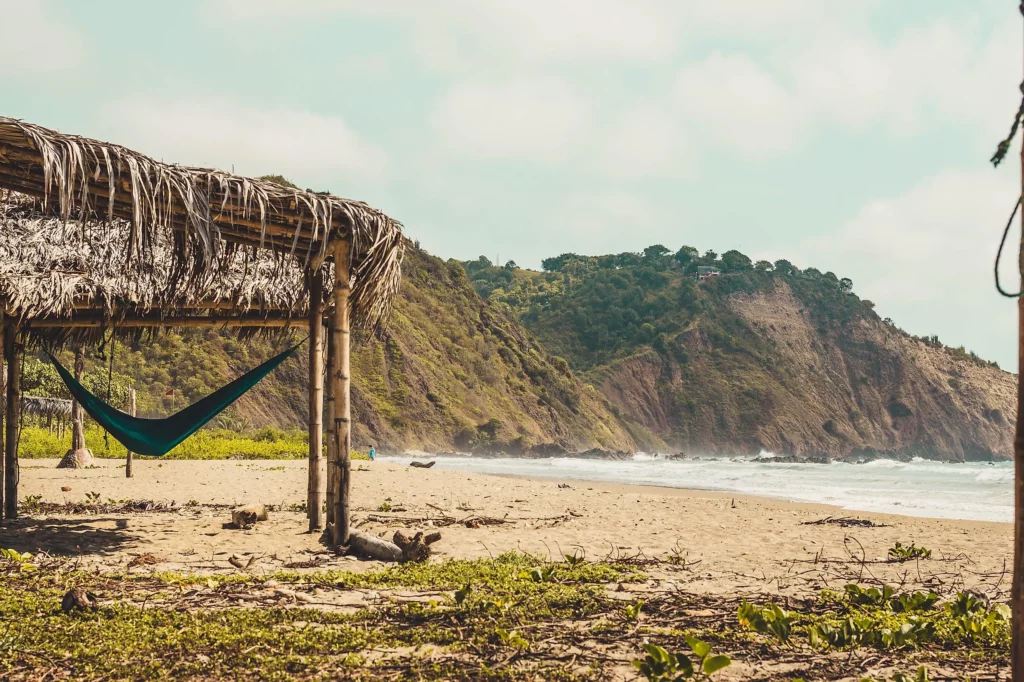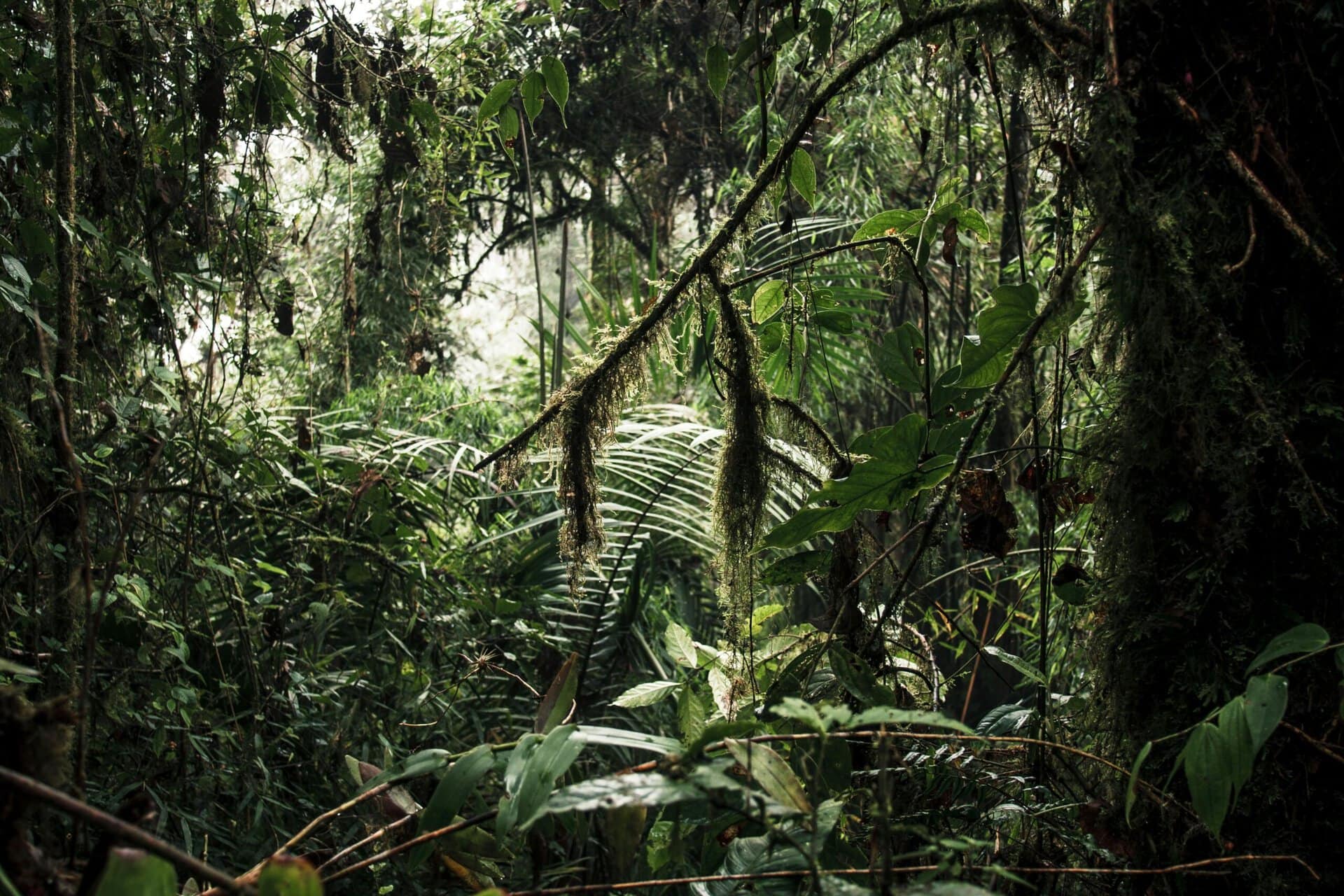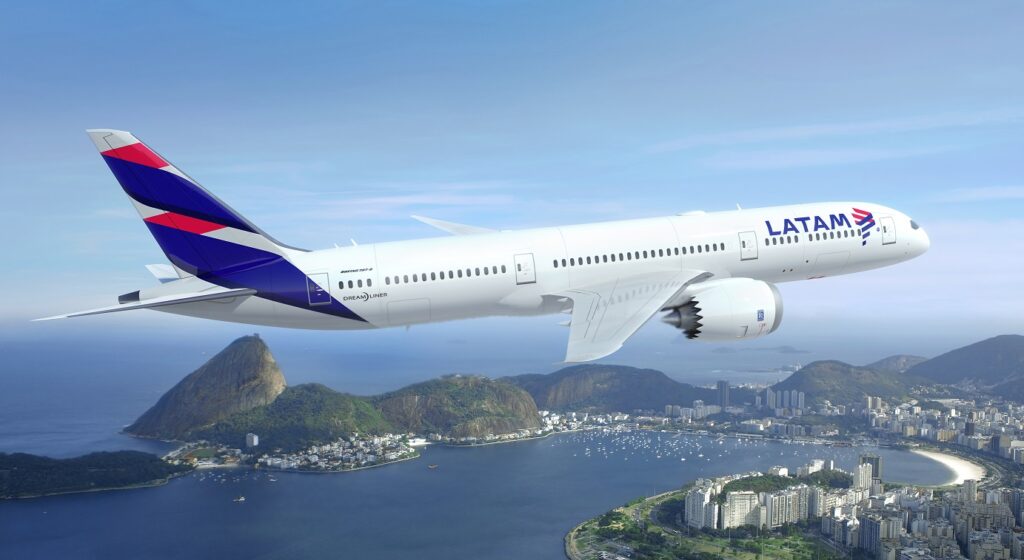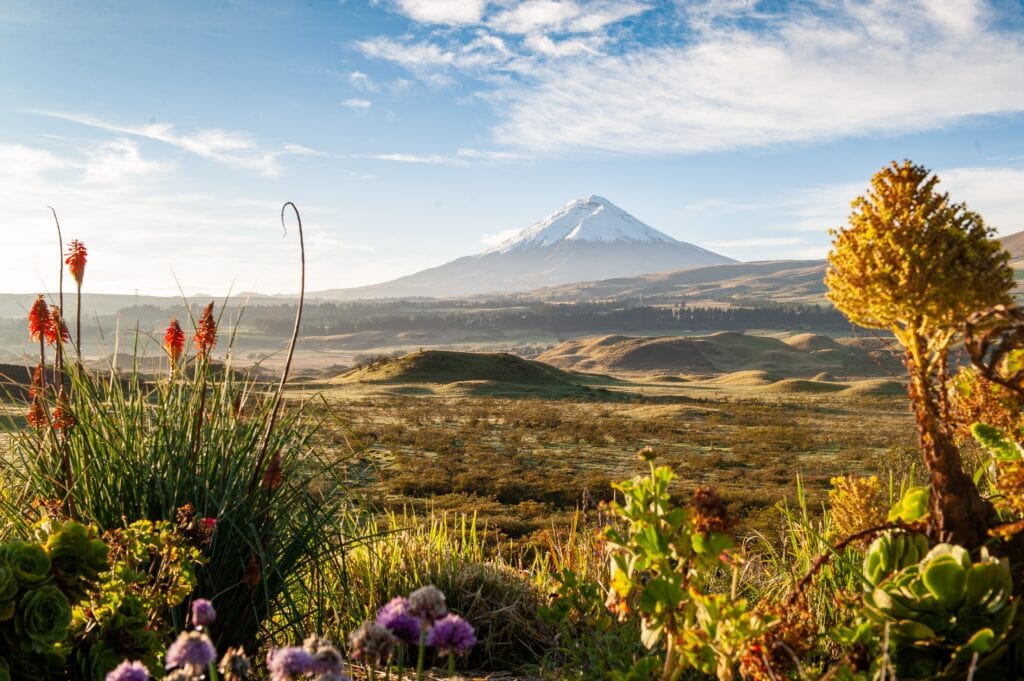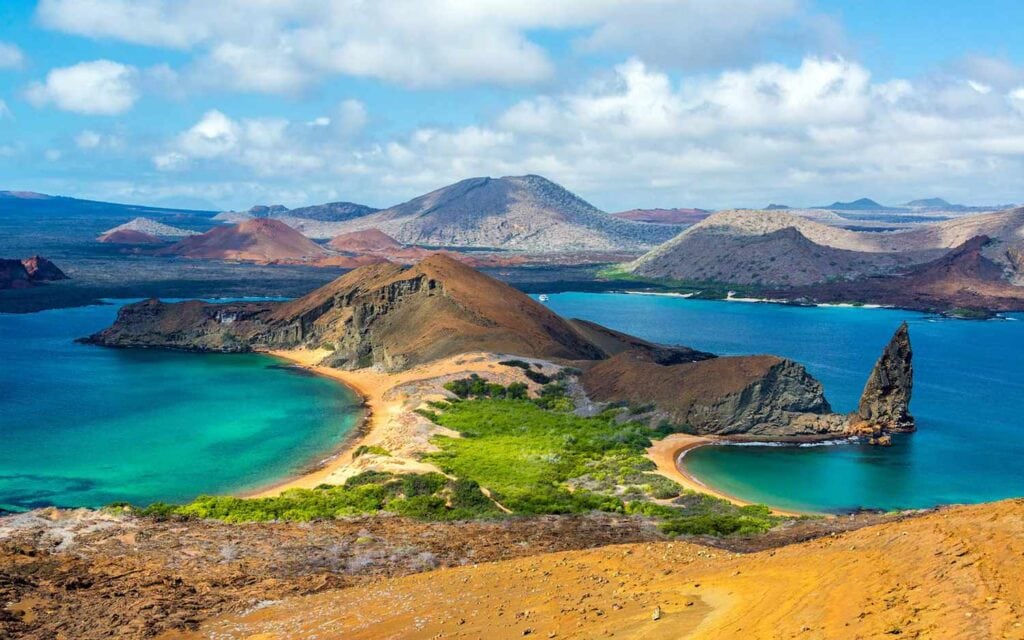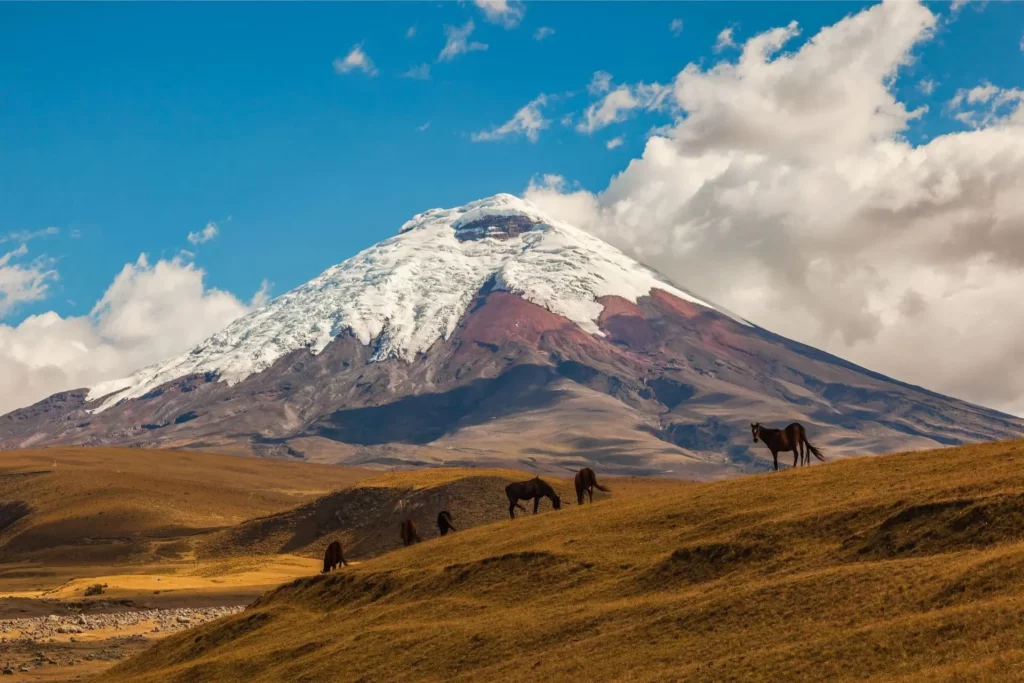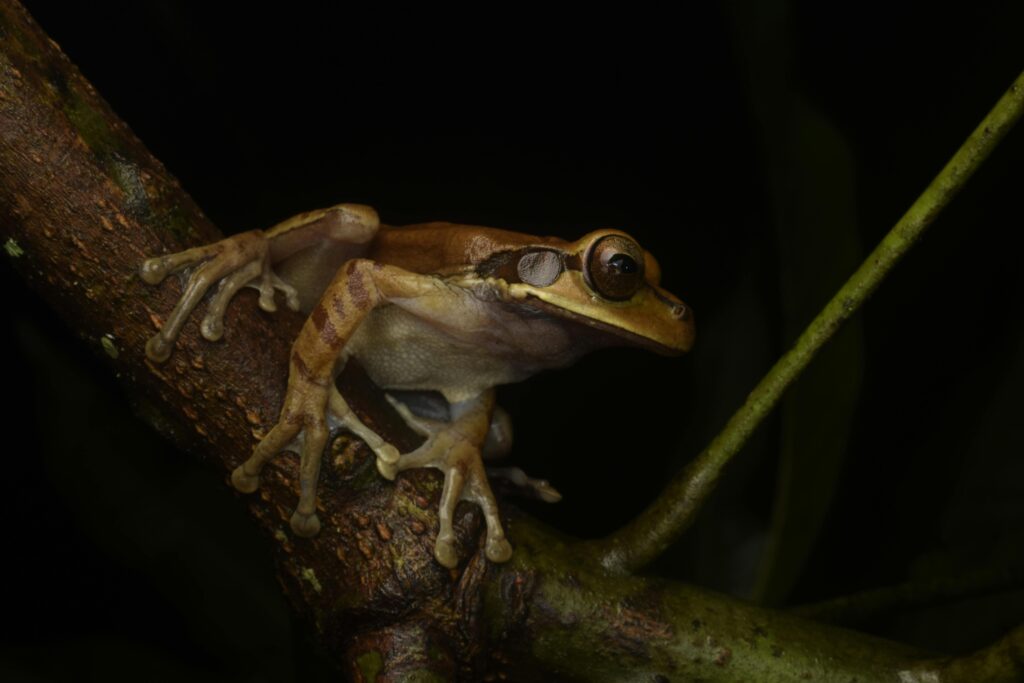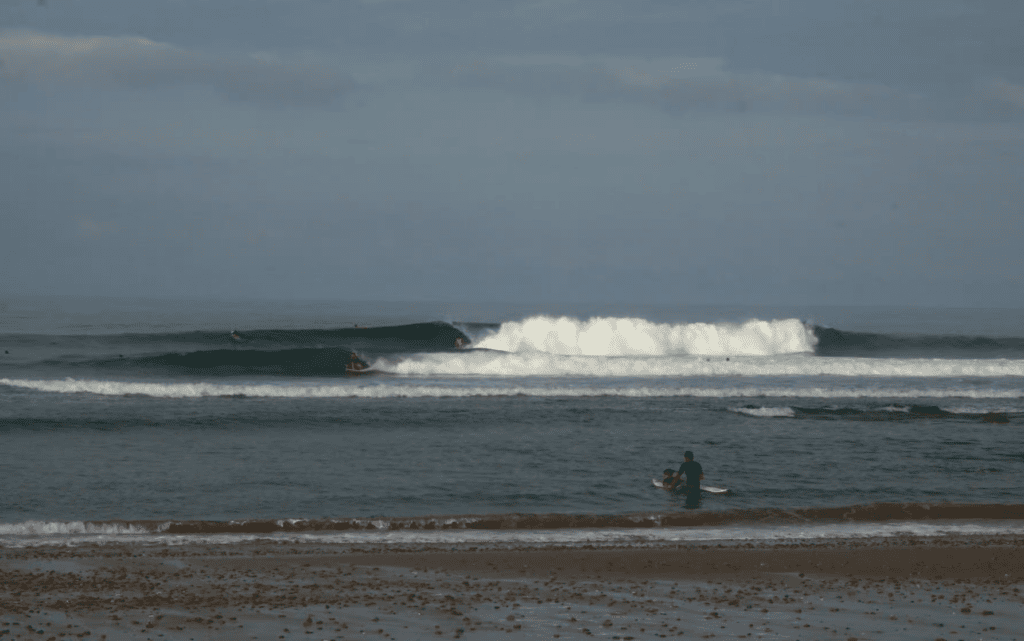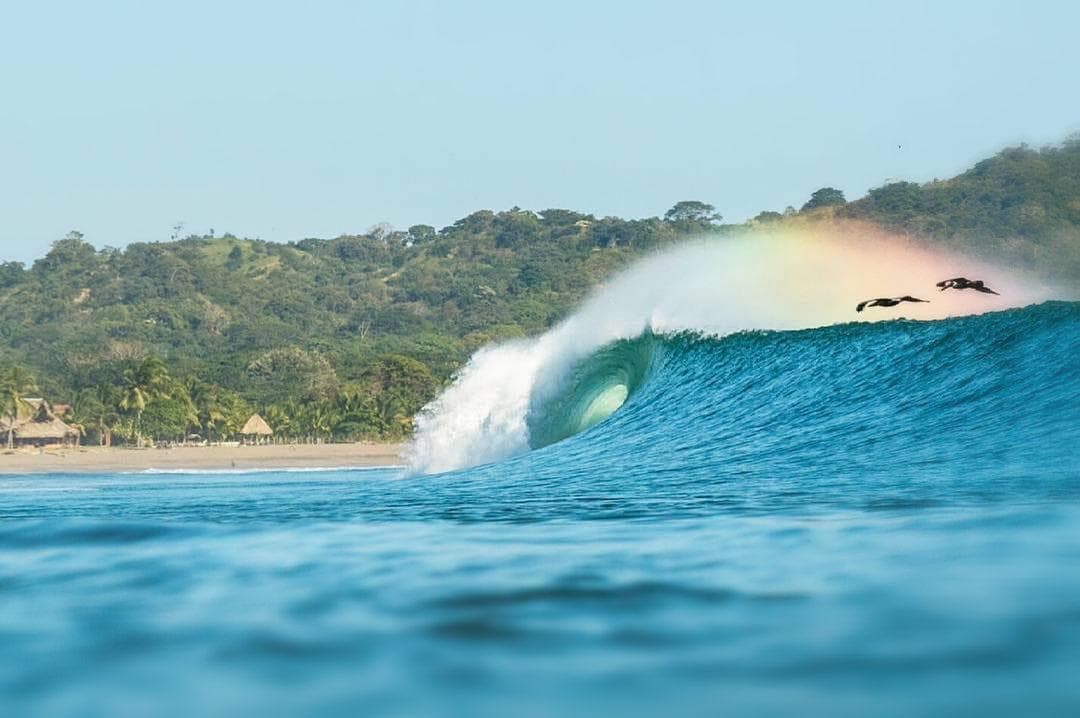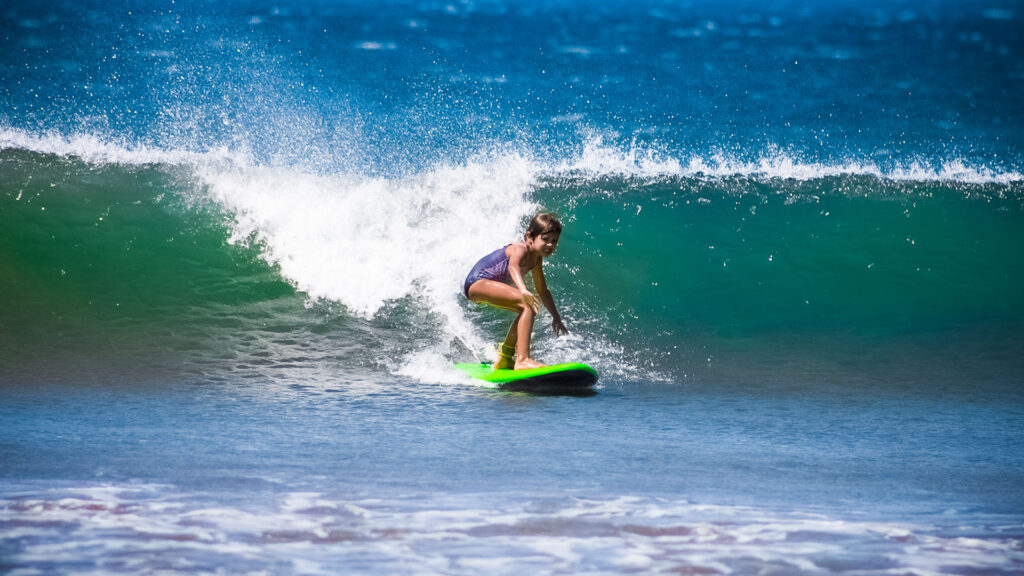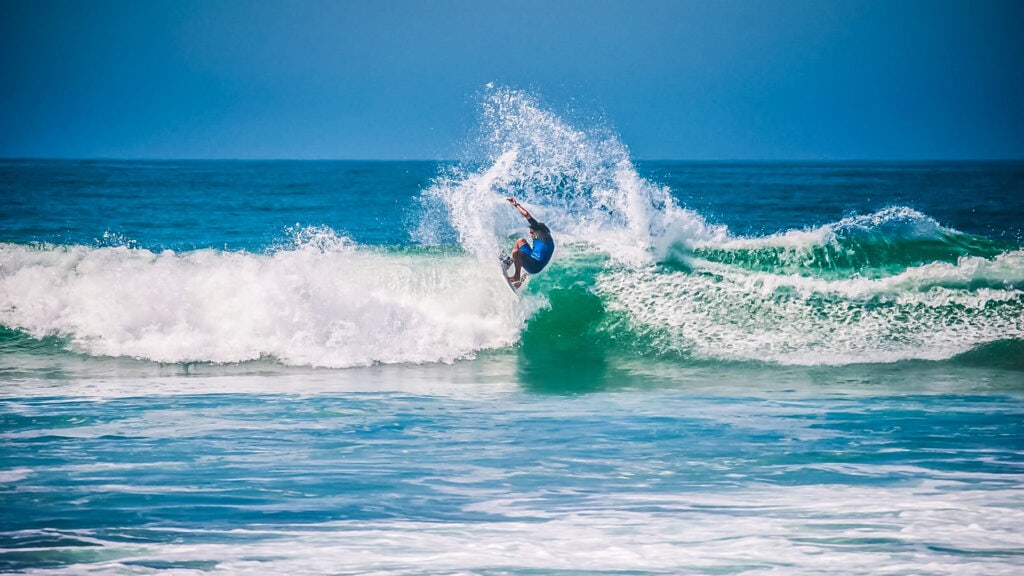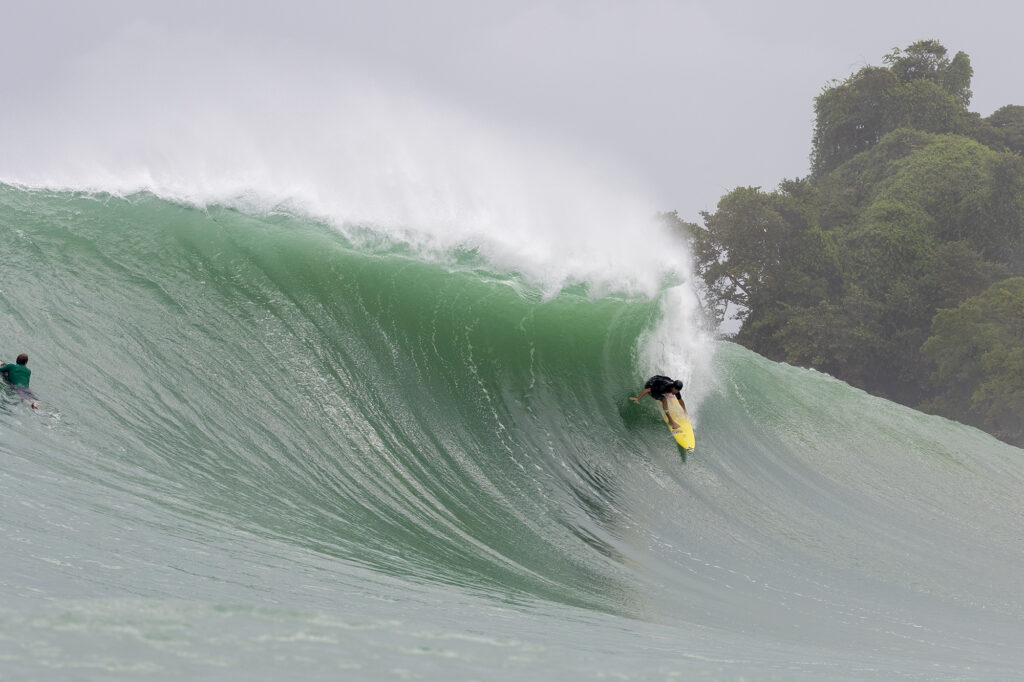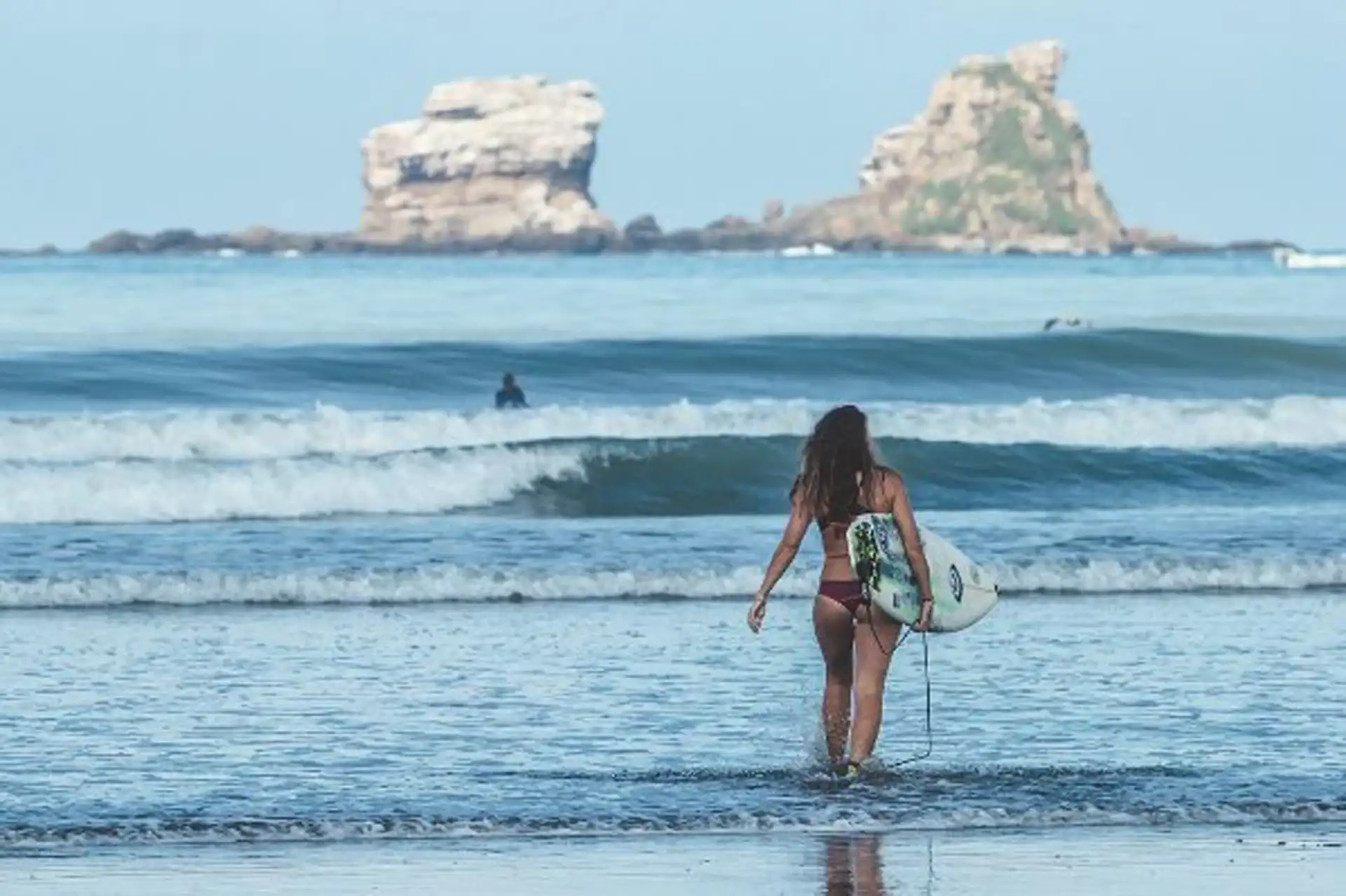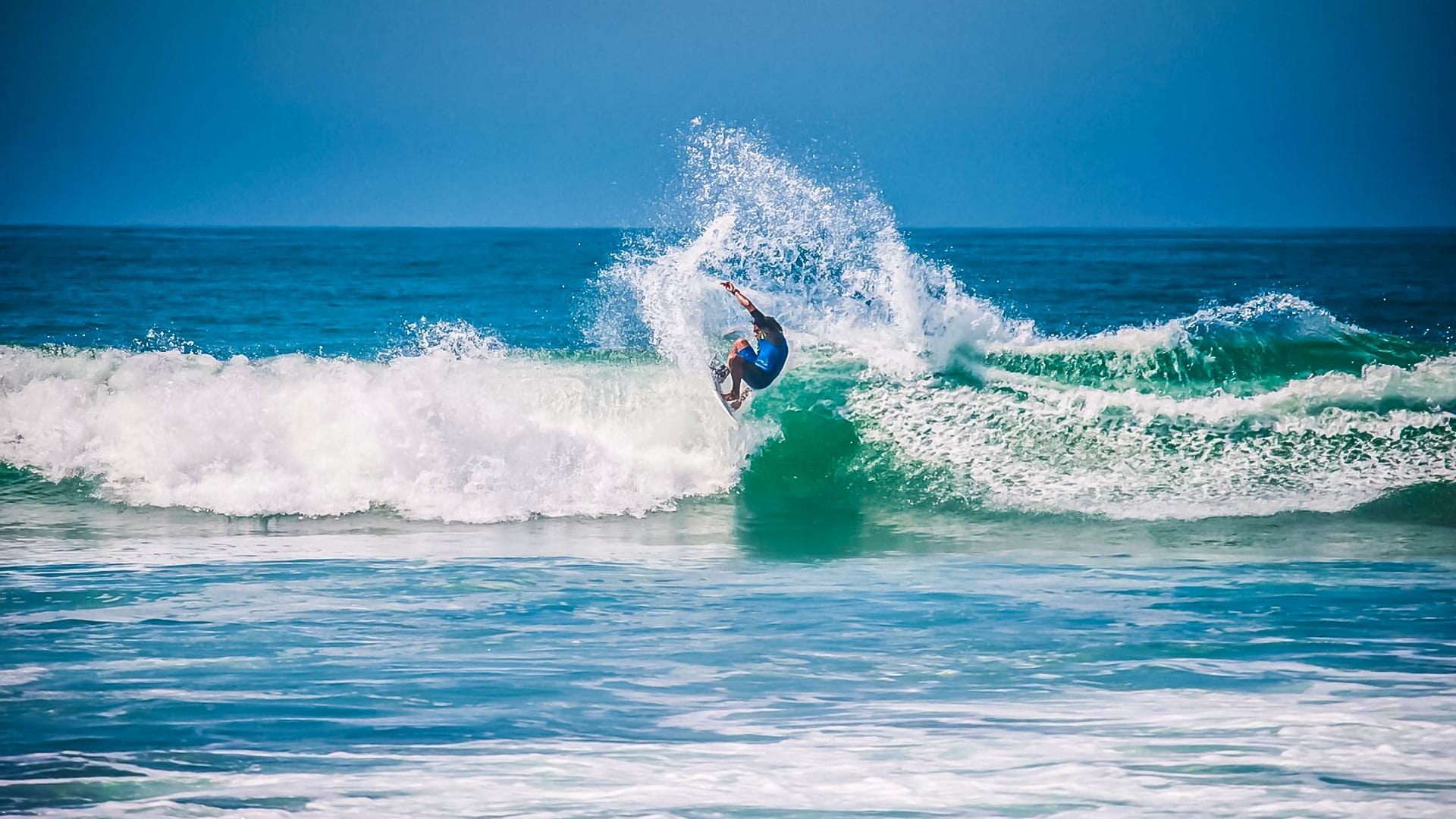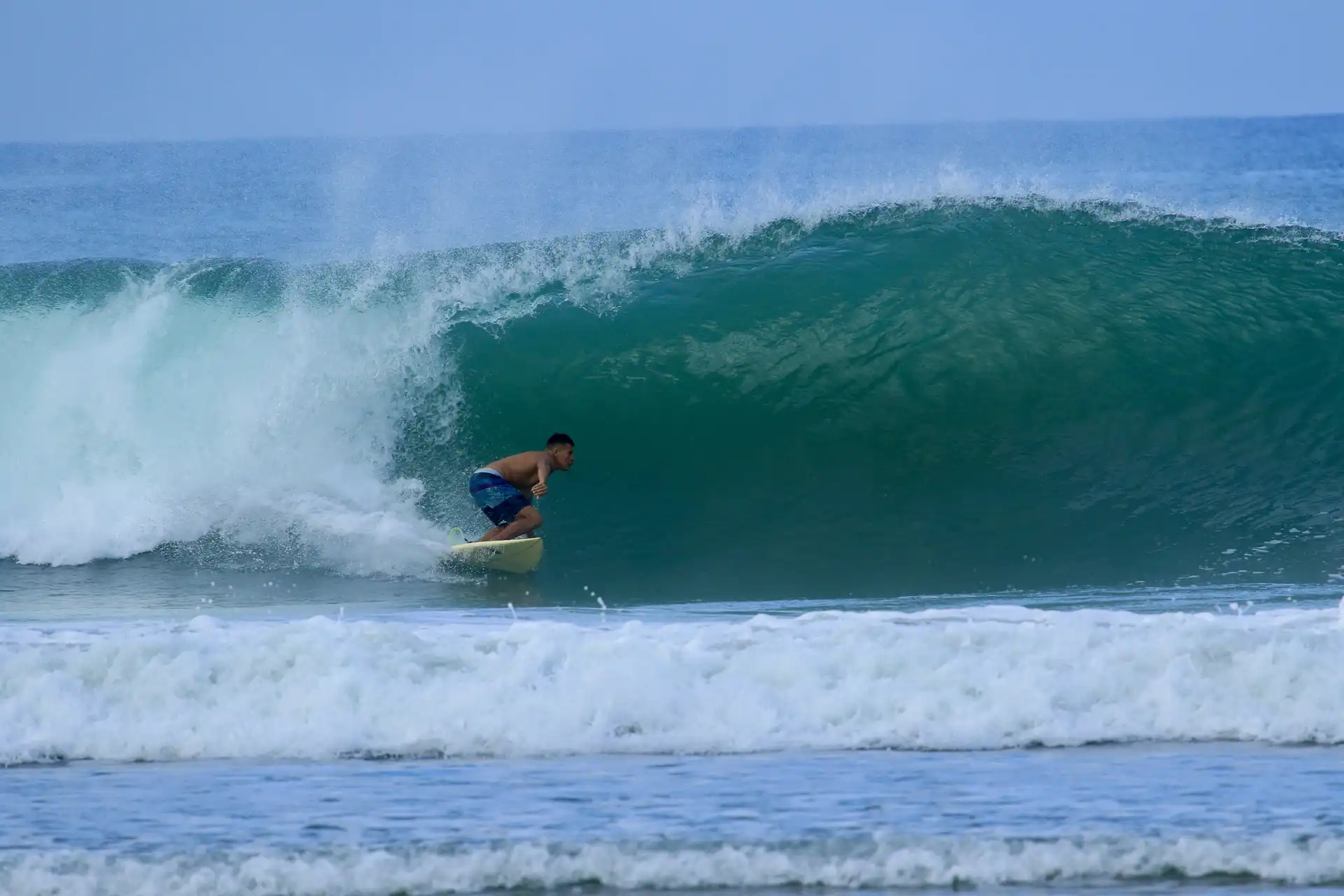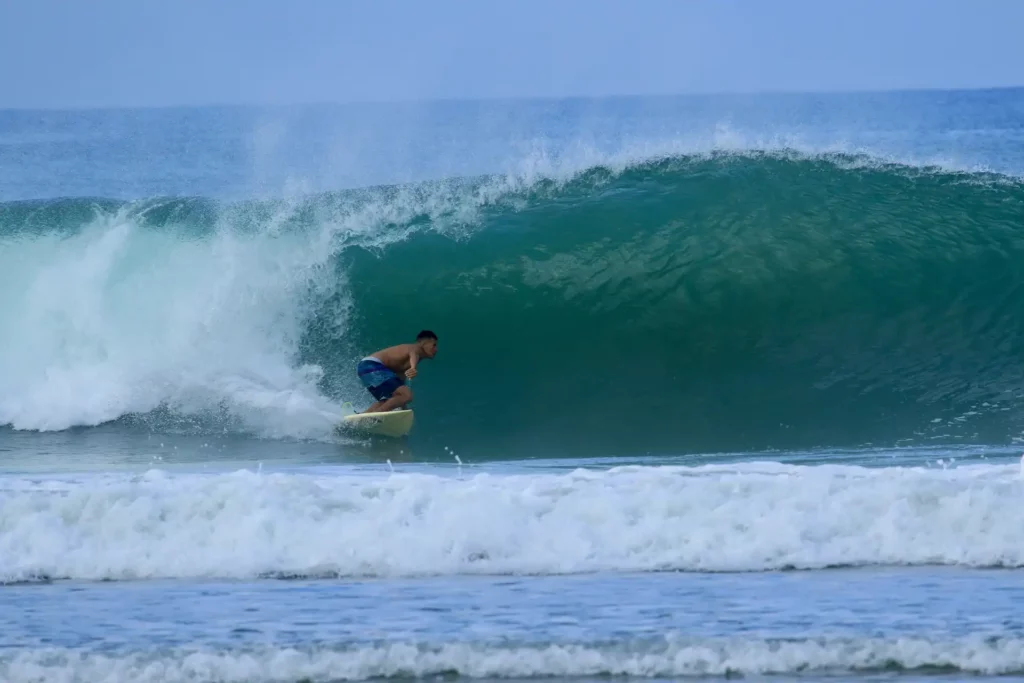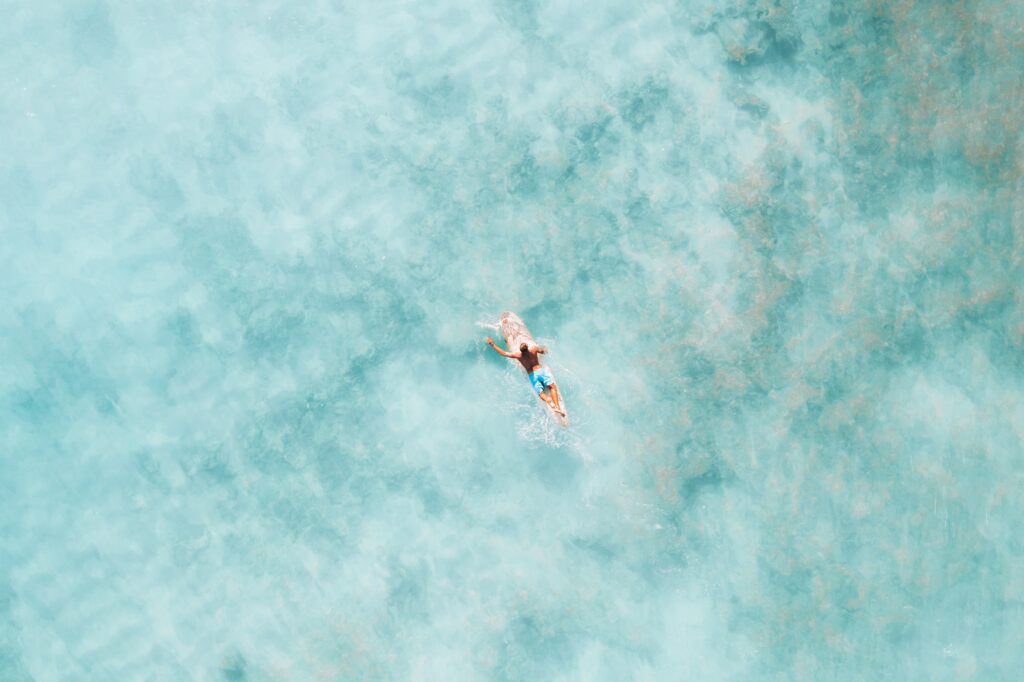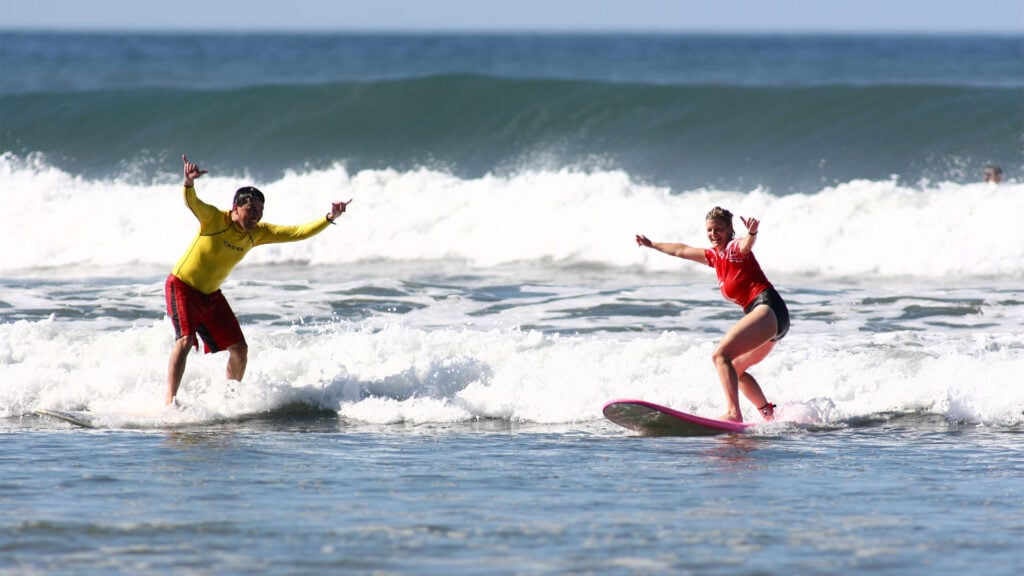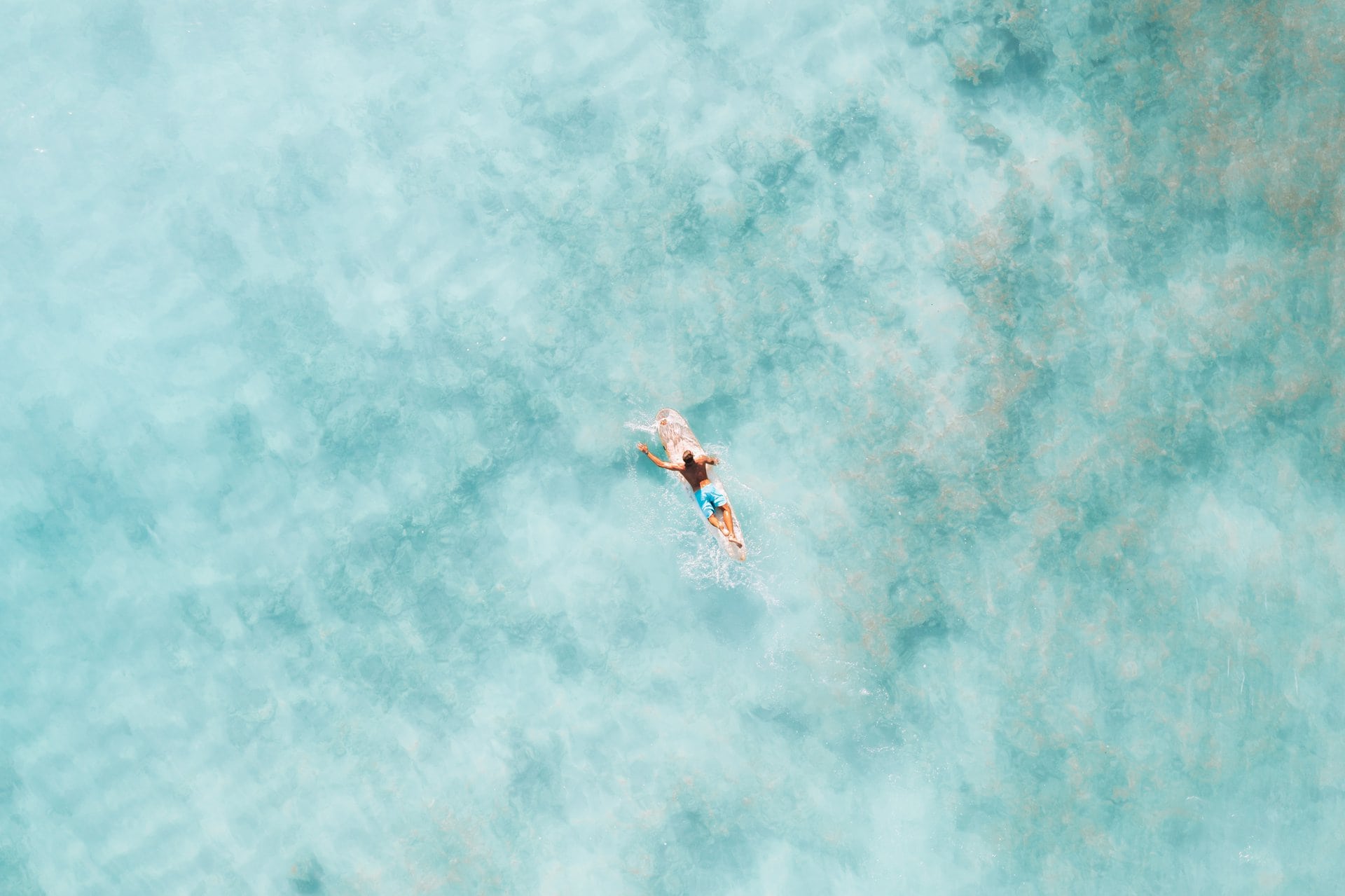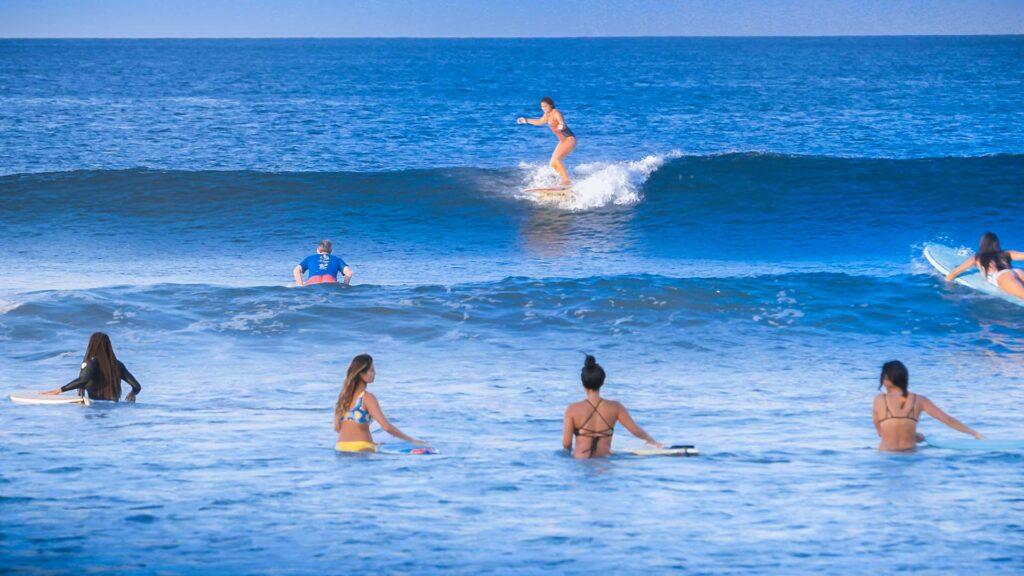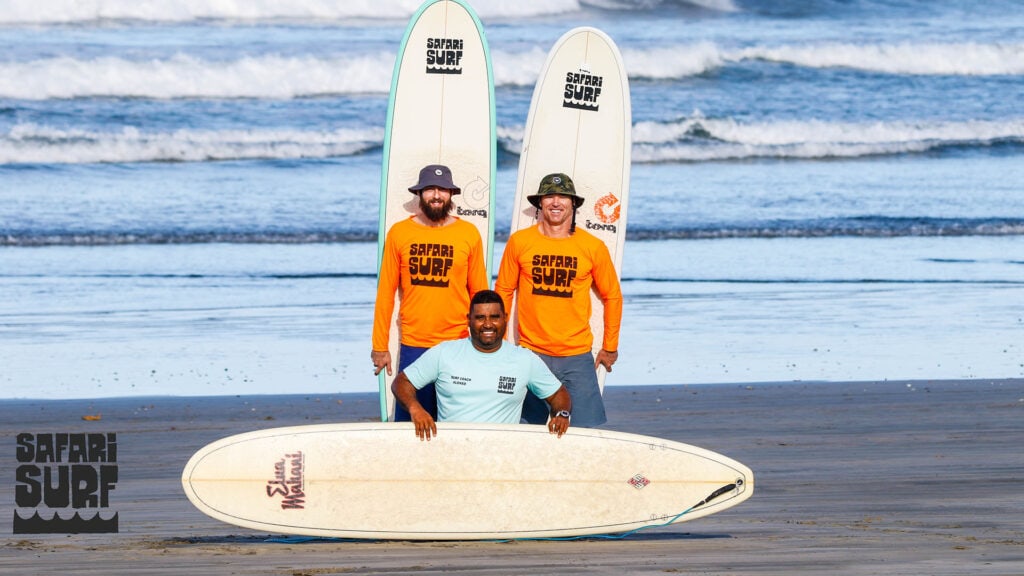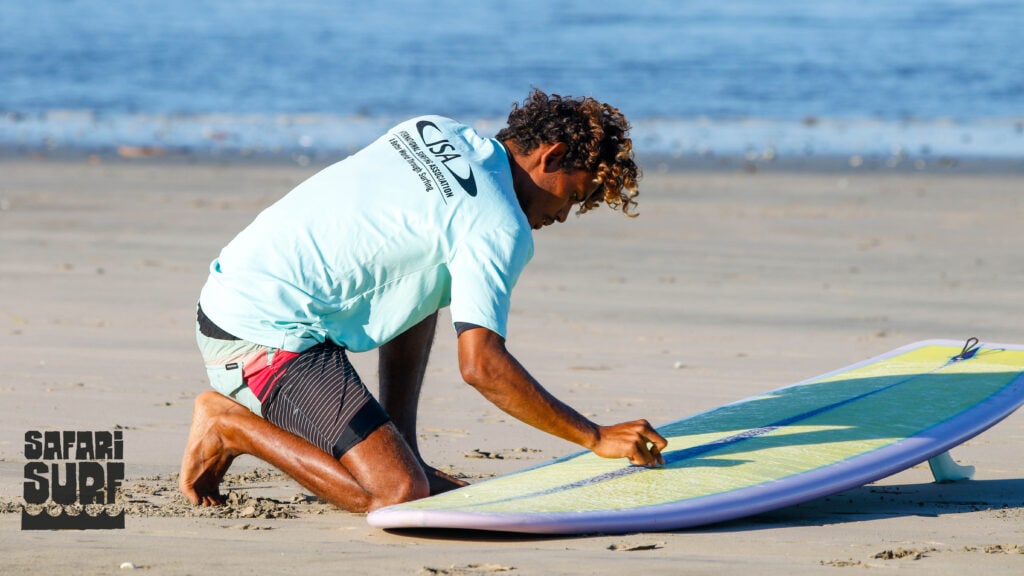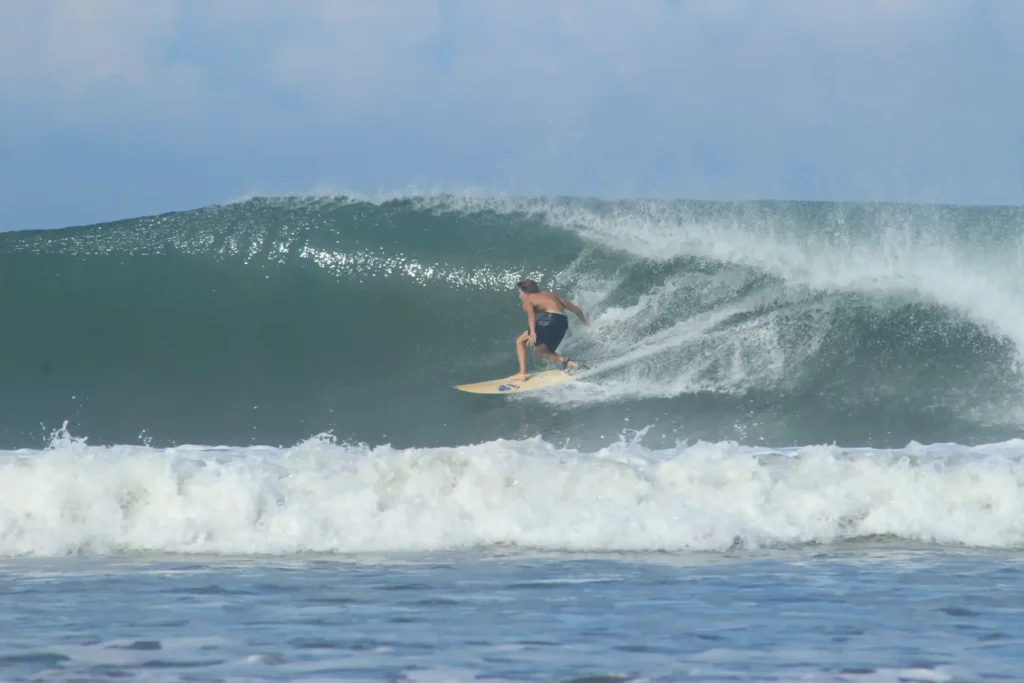If you’ve visited our Costa Rica surf school recently, it might be hard to imagine a time when surfing wasn’t integral to Nosara’s culture. Surfing and the Pura Vida lifestyle are intertwined, but that wasn’t always the case. Continue reading below as we explore the history of Nosara and Safari Surf in Safari Surf School Presents: The Evolution of Nosara and Our Costa Rica Surf School.
Early Beginnings
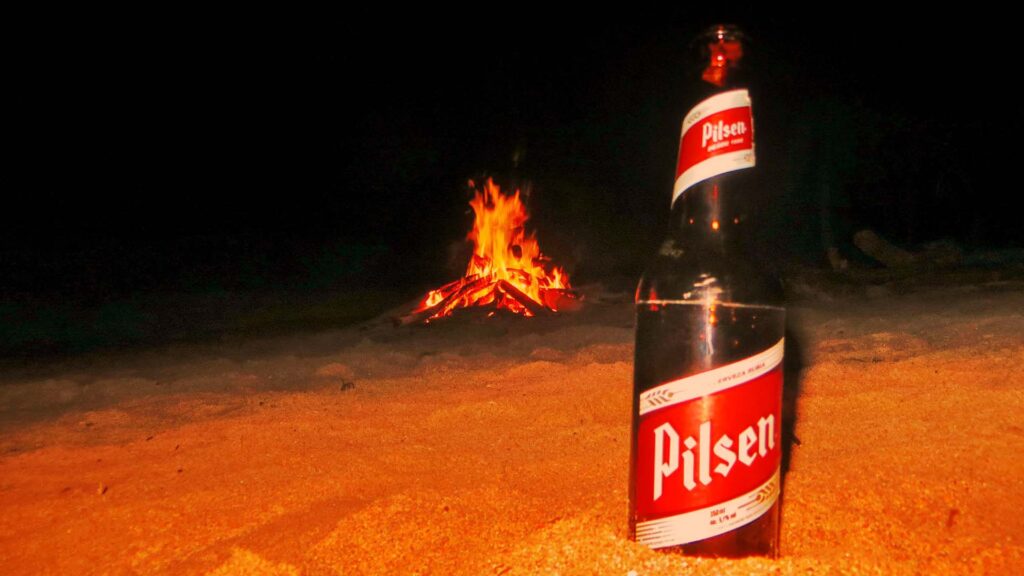
Nosara, located on the Nicoya Peninsula, was a sleepy fishing village before it became a renowned surf destination. The area’s natural beauty, with its pristine beaches and lush jungle, remained largely undiscovered by tourists for many years. In the 1970s, adventurous surfers from the United States began exploring Costa Rica’s coastlines, drawn by the promise of uncharted waves, warm water, and year-round swell. These pioneering surfers discovered Playa Guiones, a beach with consistent and forgiving waves, ideal for surfing. Despite the lack of infrastructure, these early visitors established a surf culture, leaving behind surfboards and stories of perfect waves that enticed more surfers to follow.
The 1980s: Building a Surf Community
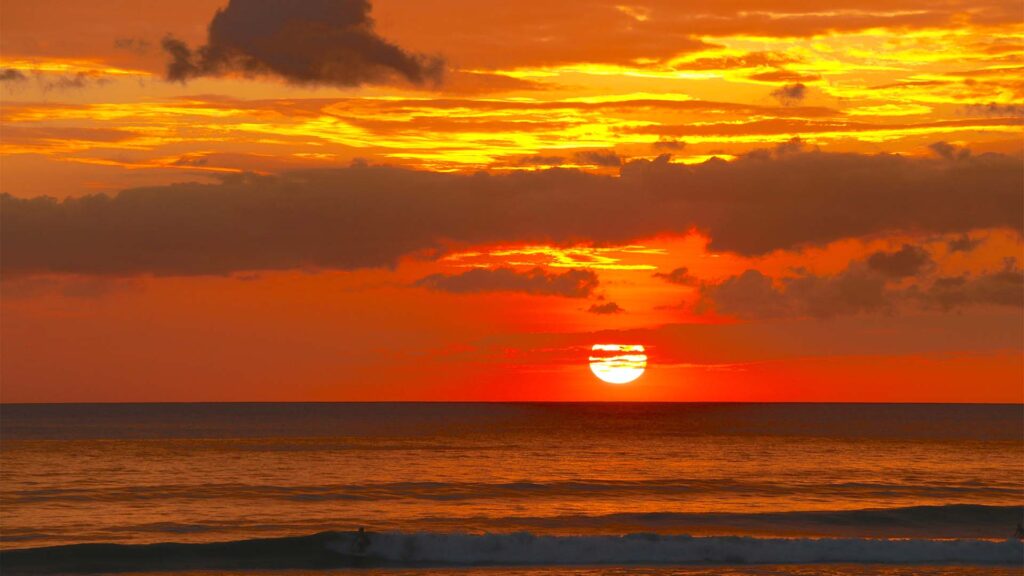
Throughout the 1980s, the surf community in Nosara slowly began to take root. The area saw an increase in the number of surfers visiting annually. This decade marked the beginning of Nosara’s transformation from a quiet village into a budding surf town. Local Costa Ricans started to notice the potential of surf tourism, and a few small accommodations and eateries began to spring up to cater to the growing number of visiting surfers.
The 1990s: The Birth of Safari Surf School
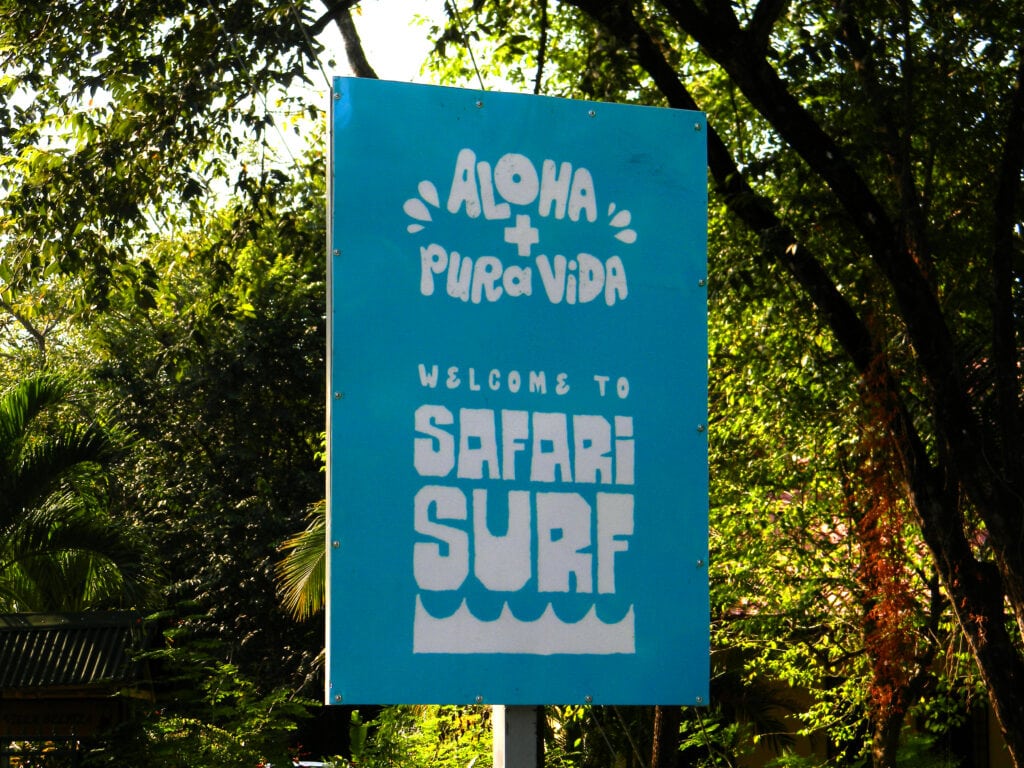
The 1990s were a pivotal decade for Costa Rica and its surf scene. After the release of Endless Summer II in the early nineties, the secret was out about Costa Rica and its world-class surf. Around this time, our founders, Tim and Marsi, visited Costa Rica for the first time in 1995. Captivated by the country’s natural beauty and the kindness of its people. By 1999, they established Safari Surf School. The early years were challenging, with the team wearing many hats to keep the business afloat. However, their commitment paid off, and Safari Surf School quickly gained a reputation for excellence. They attracted a loyal clientele who returned year after year to improve their skills under the guidance of local instructors who knew Playa Guiones better than anyone.
The 2000s: Growth and Recognition
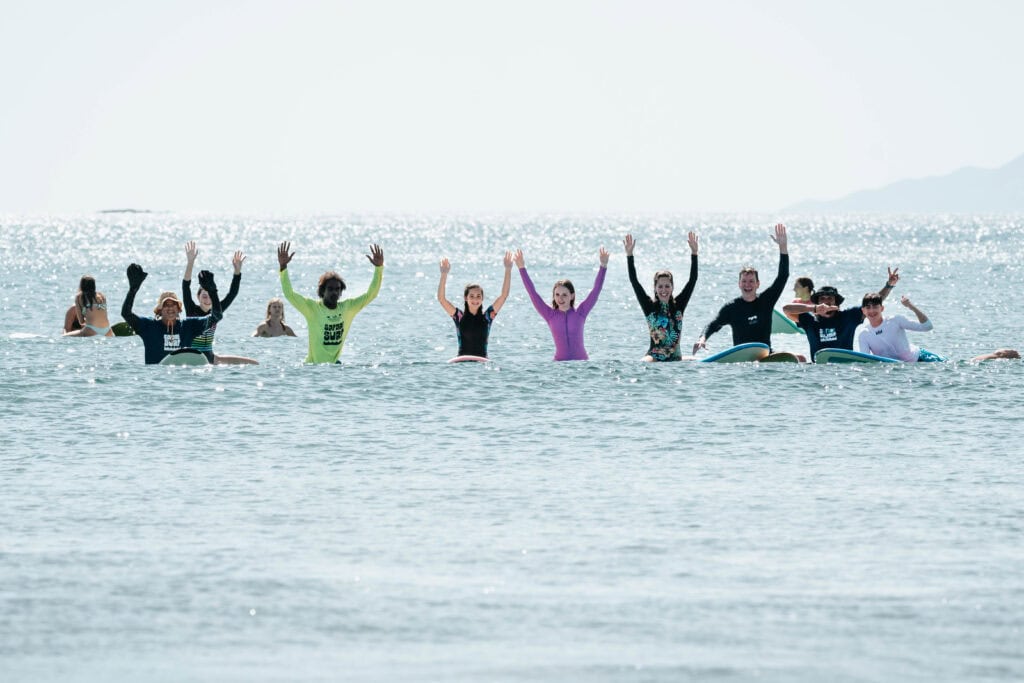
As Nosara continued to grow in popularity, Safari Surf School evolved with it. The team’s dedication to providing a top-notch surf experience helped cement their place as a staple of the local community. Tim’s vision led to the development of Olas Verdes, an eco-friendly hotel that would become the new home of Safari Surf School. This move marked a significant step in aligning with Nosara’s commitment to sustainable tourism and environmental stewardship.
Expanding Horizons: Panama and Ecuador
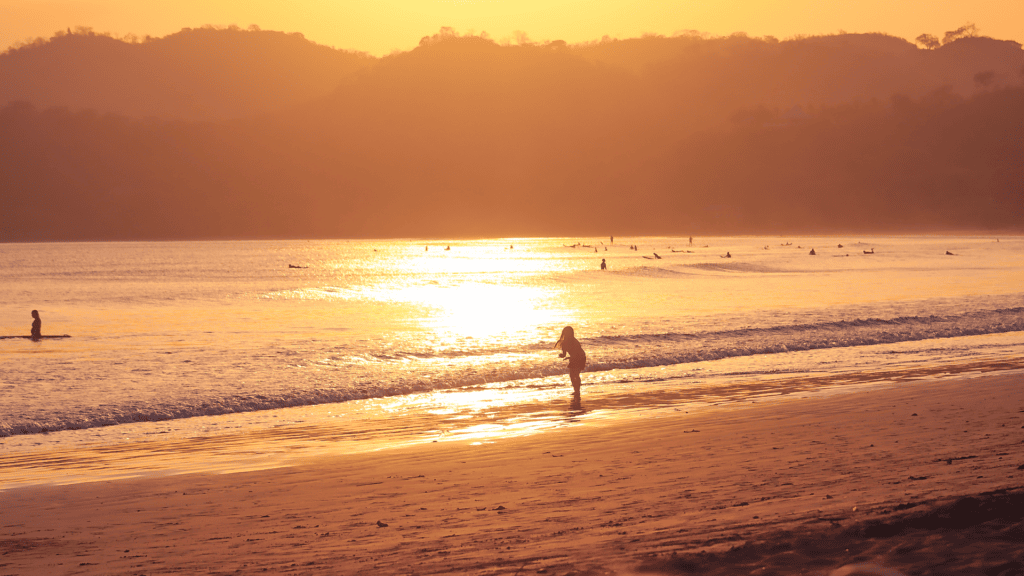
Safari Surf School’s success in Costa Rica set the stage for international expansion. Inspired by the surf culture and community they had fostered in Nosara, Tim and Marsi looked for new locations that echoed the charm of Playa Guiones. This search led them to Playa Venao in Panama and Ayampe in Ecuador, where they established new surf schools that upheld the same values of quality instruction and local involvement.
Today: A Thriving Surf Community
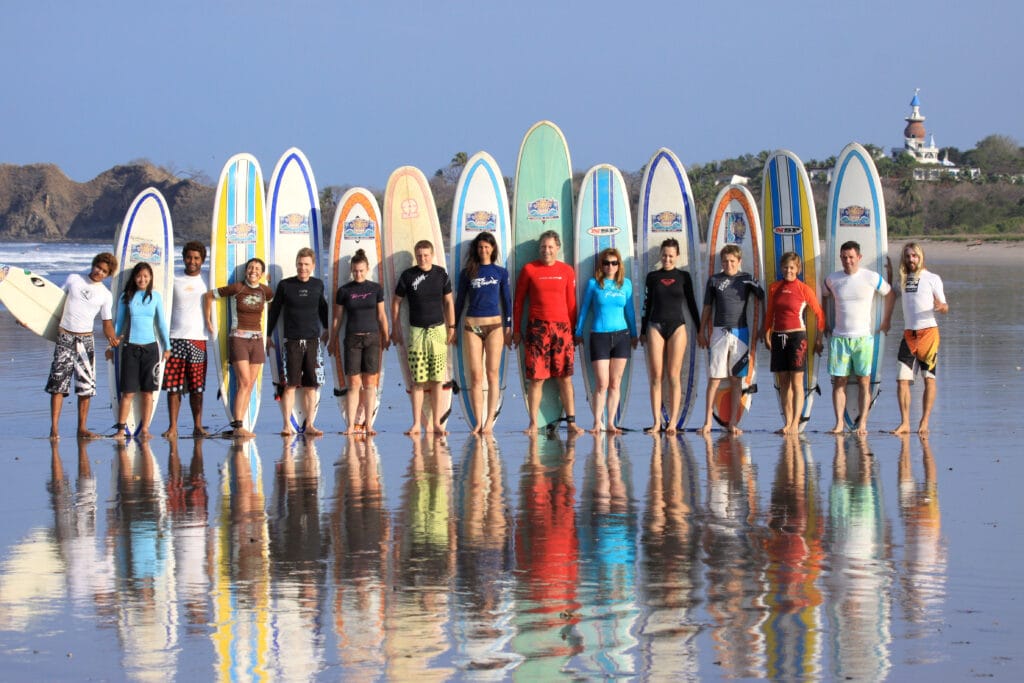
Today, Nosara is recognized as one of Costa Rica’s premier surf destinations. Its surf culture blends local and international influences, strongly emphasizing community and environmental preservation. Safari Surf School remains at the heart of this community, offering surfers of all levels the chance to experience the Pura Vida lifestyle.
As we celebrate 25 years of Safari Surf School, we reflect on our journey and Nosara’s evolution from a hidden gem to a global surf mecca. Safari Surf School’s legacy is not just in the waves we ride but also in the community we’ve built and the countless surfers who have joined us on this incredible journey. Here’s to many more years of waves, sun, and Pura Vida!

